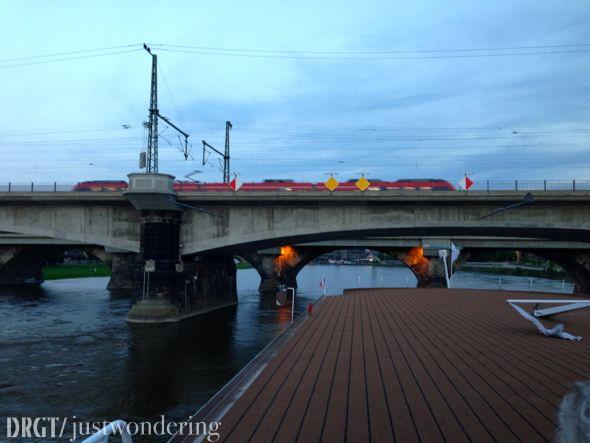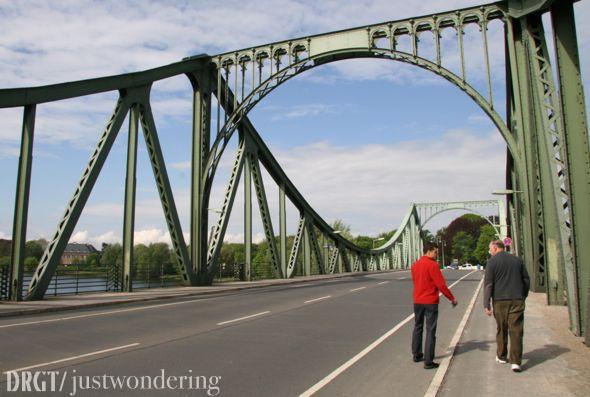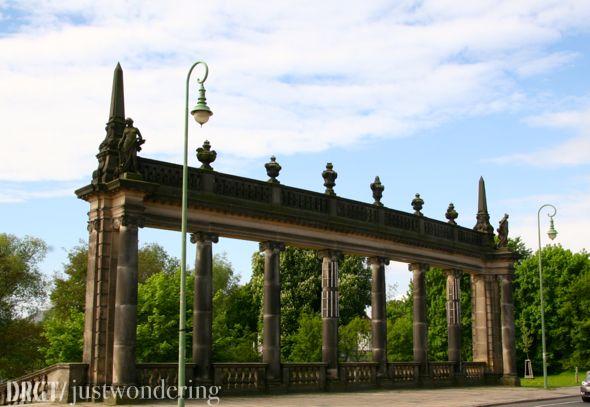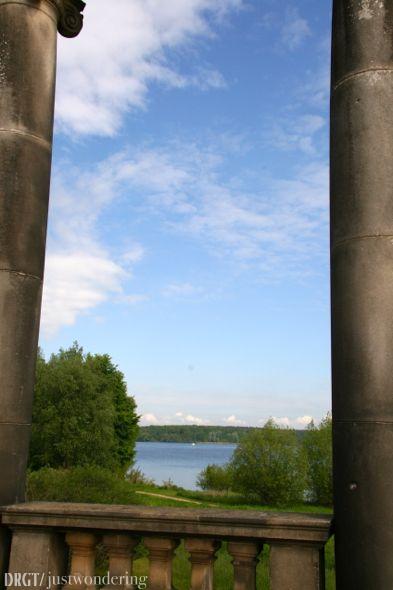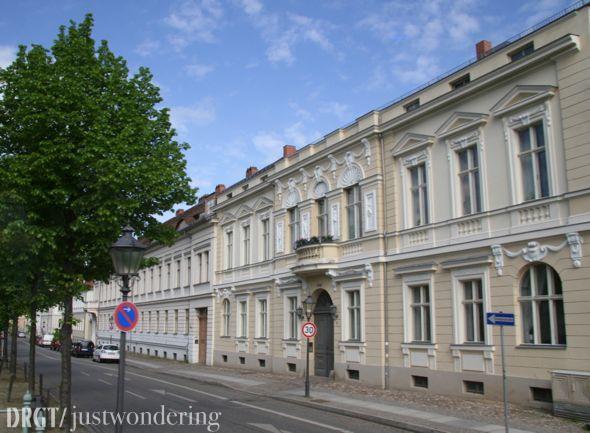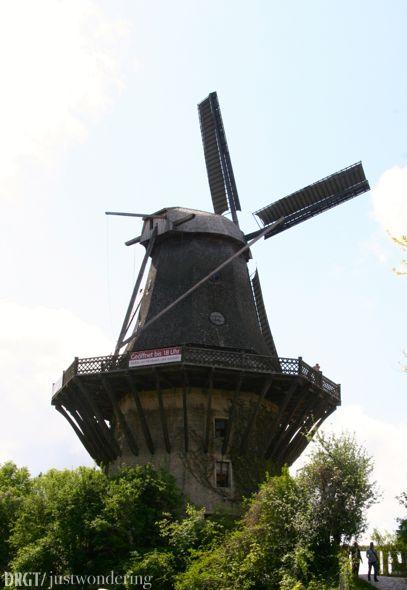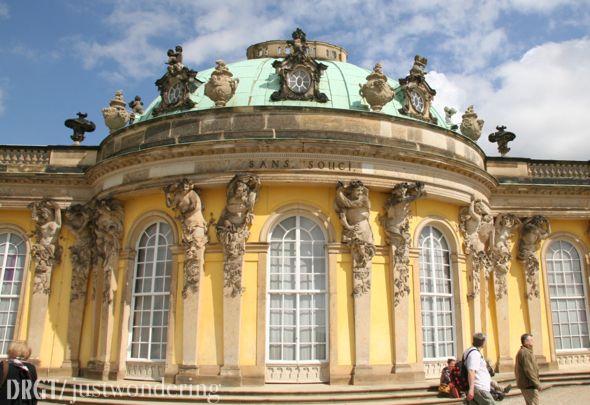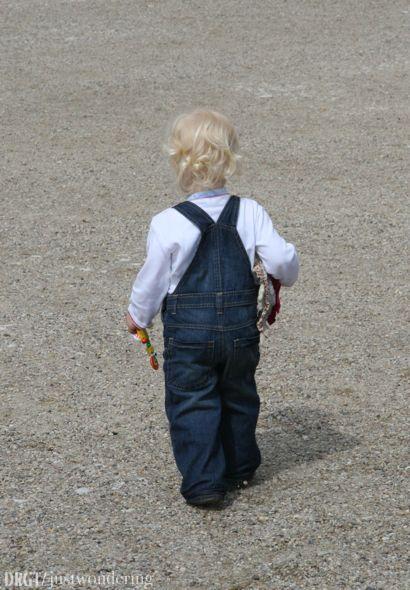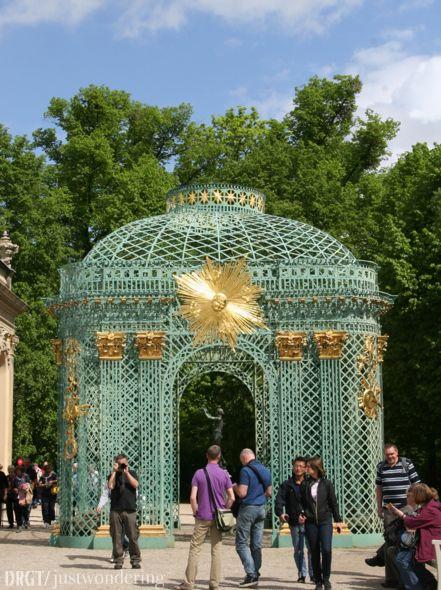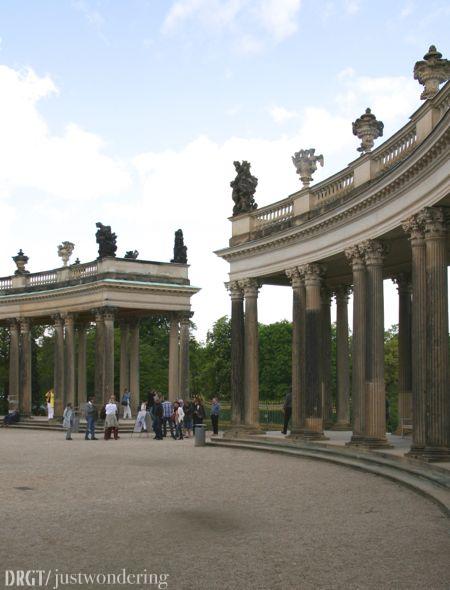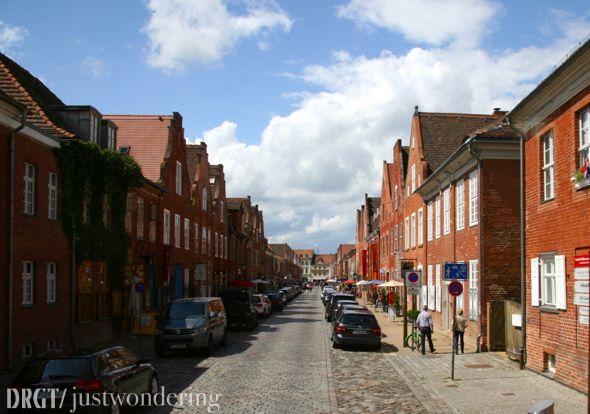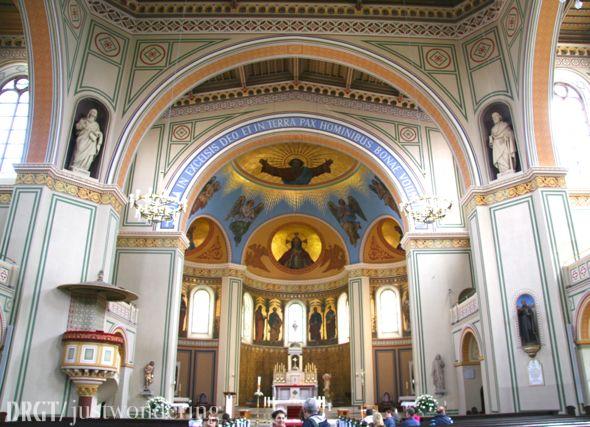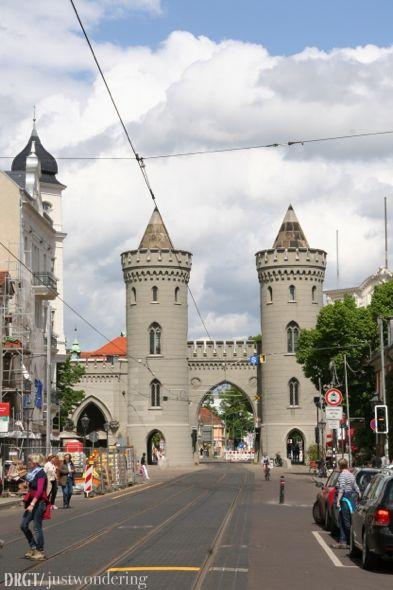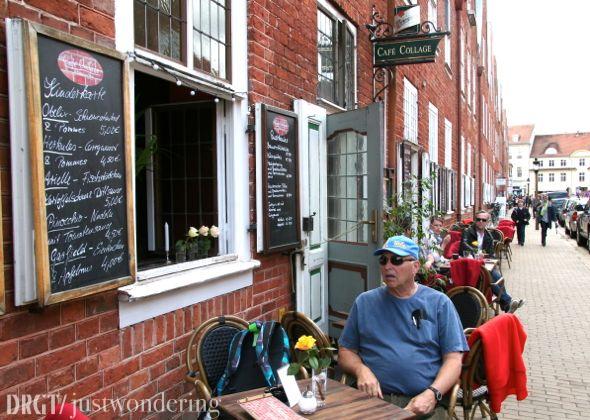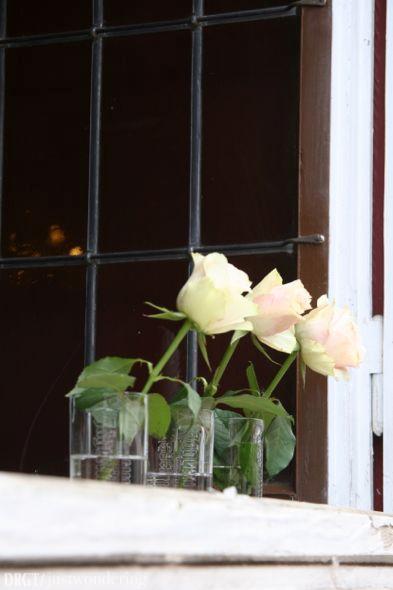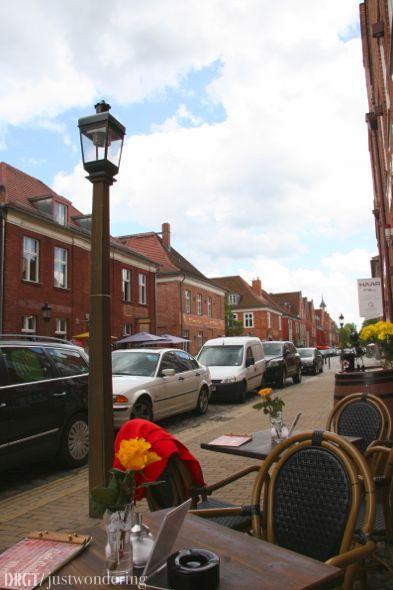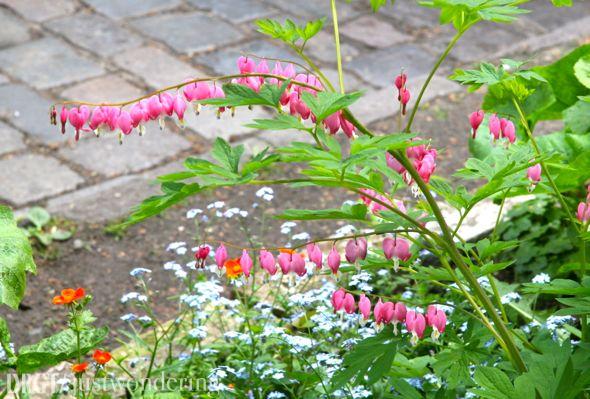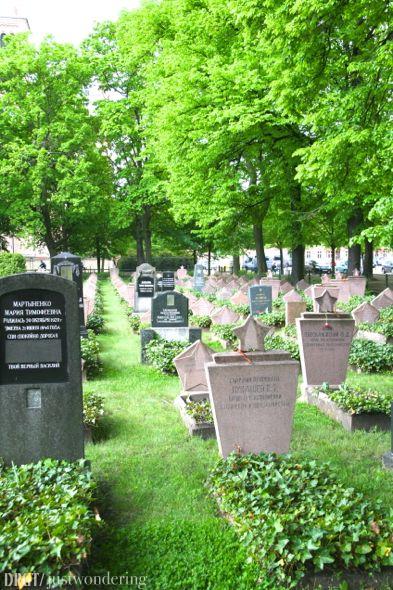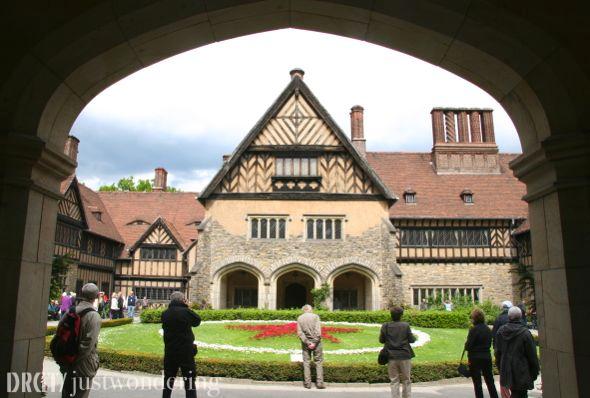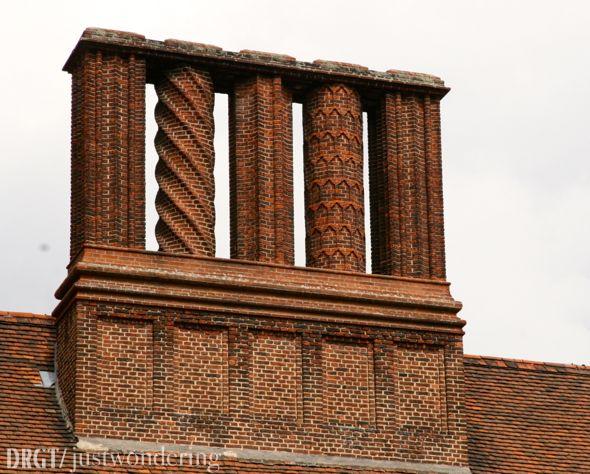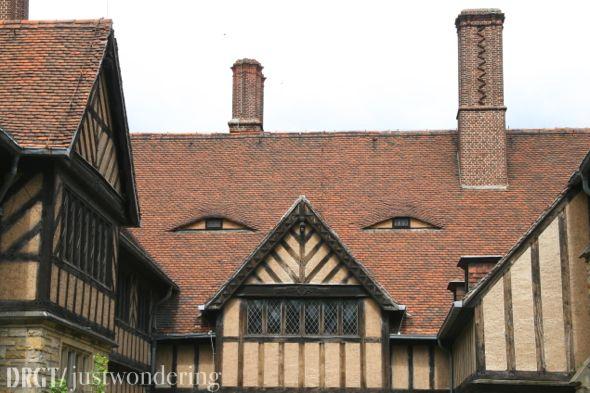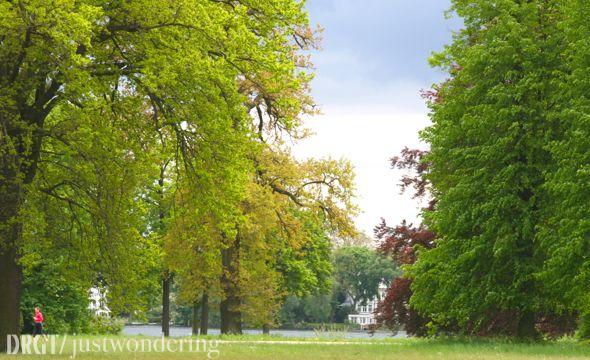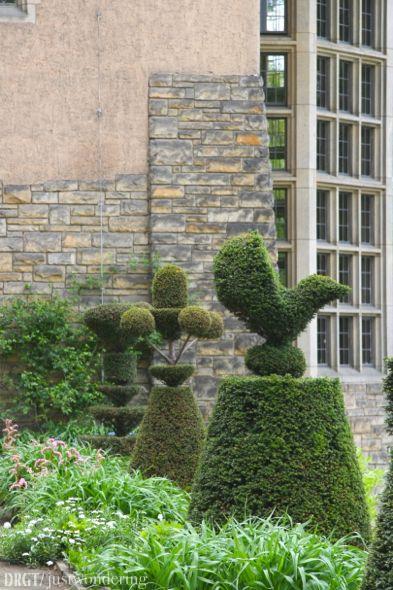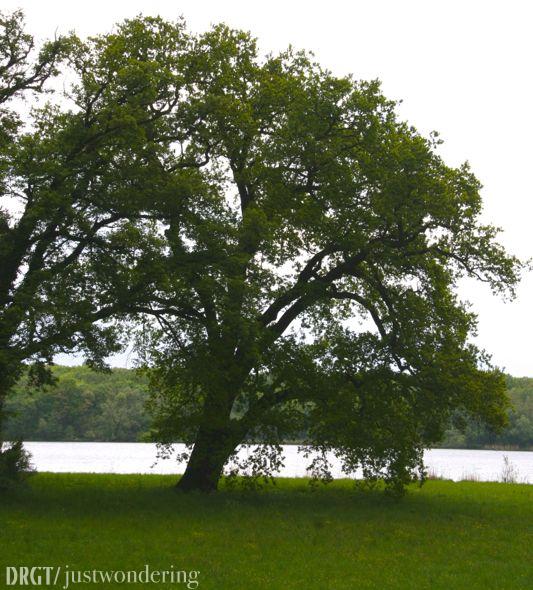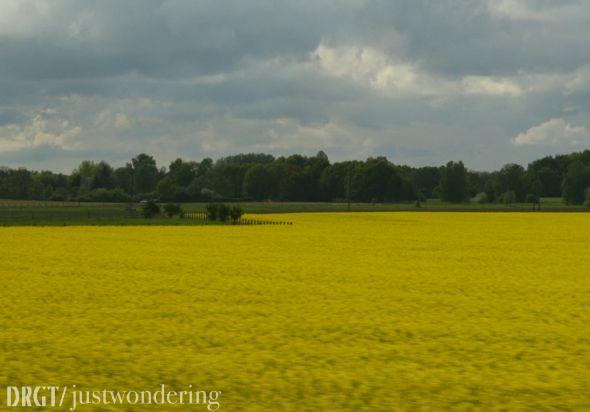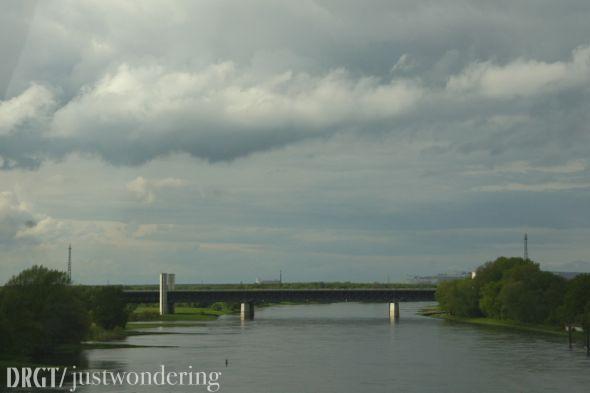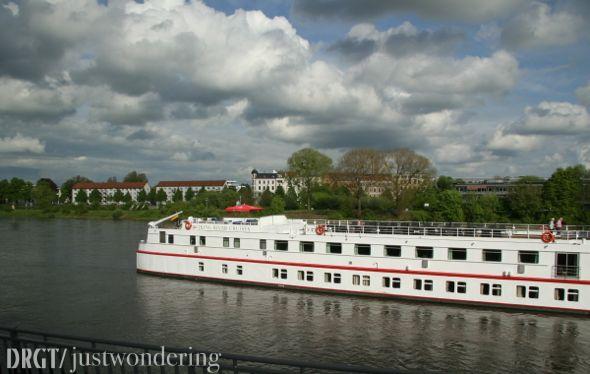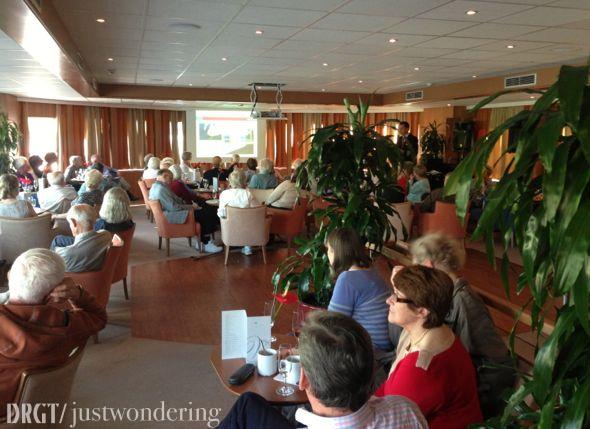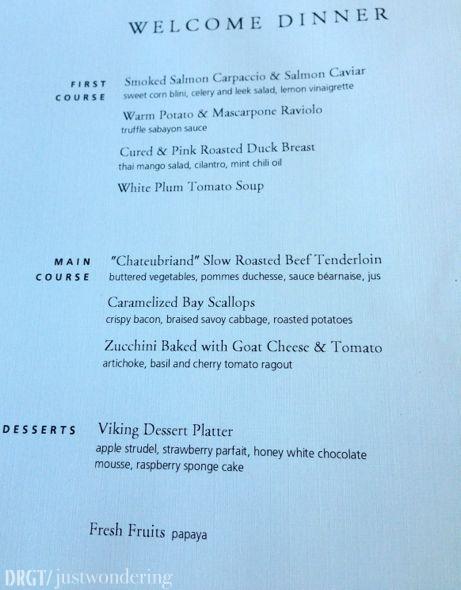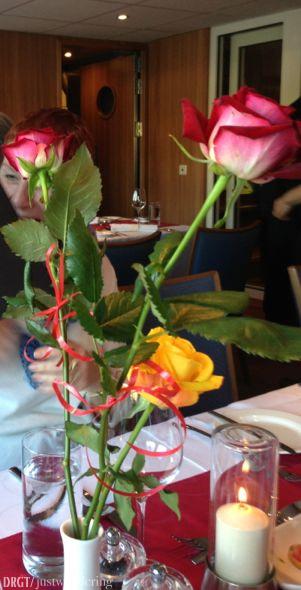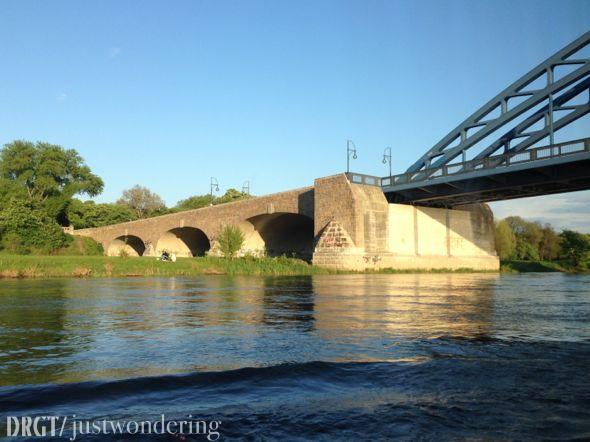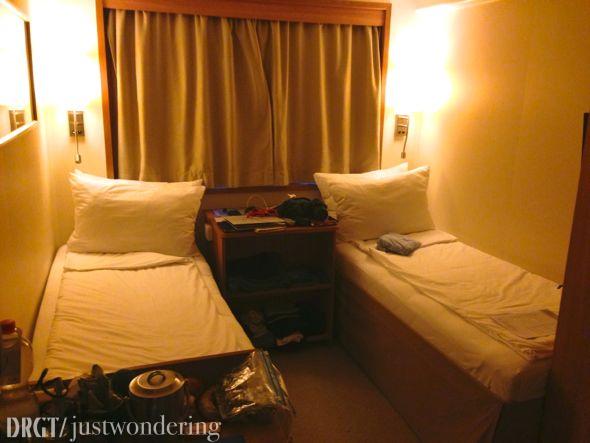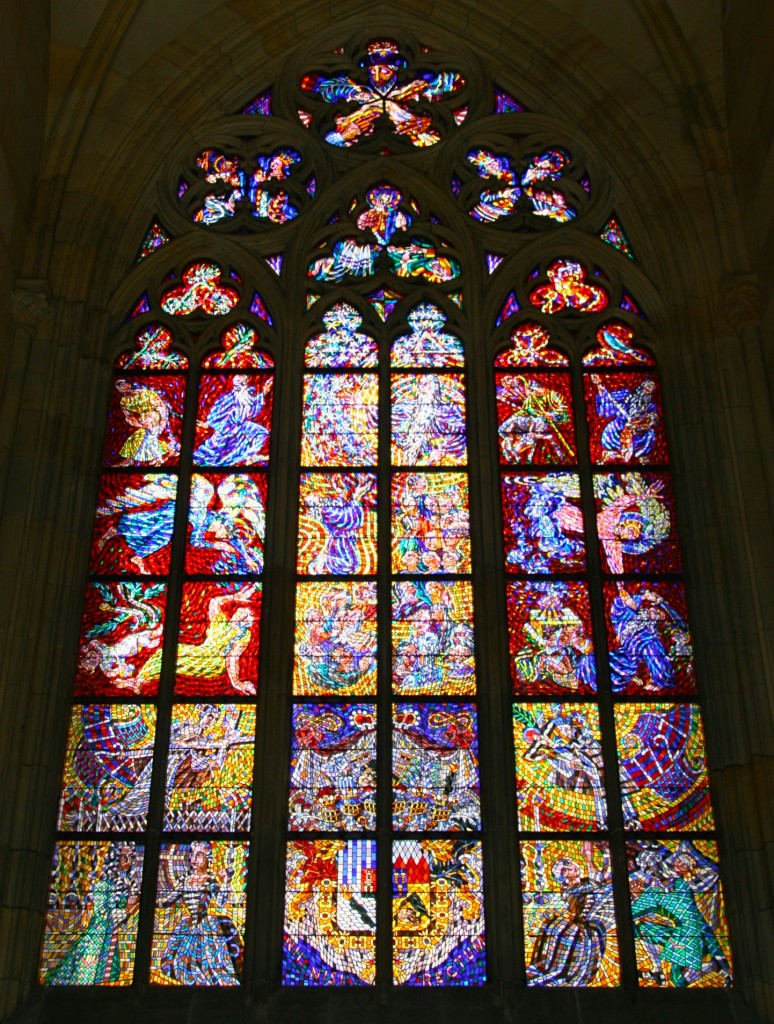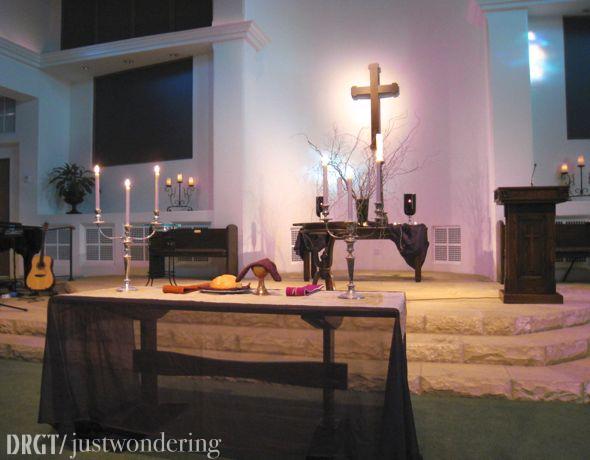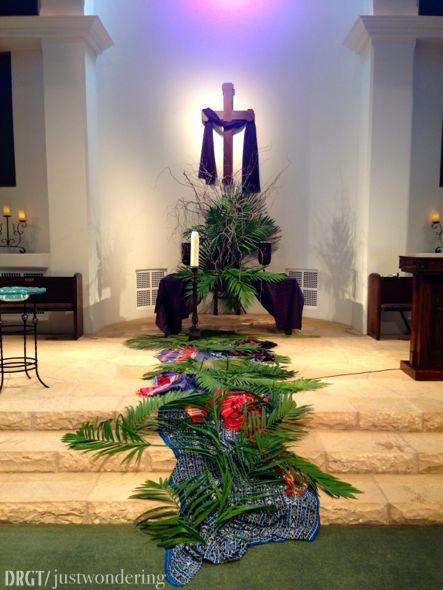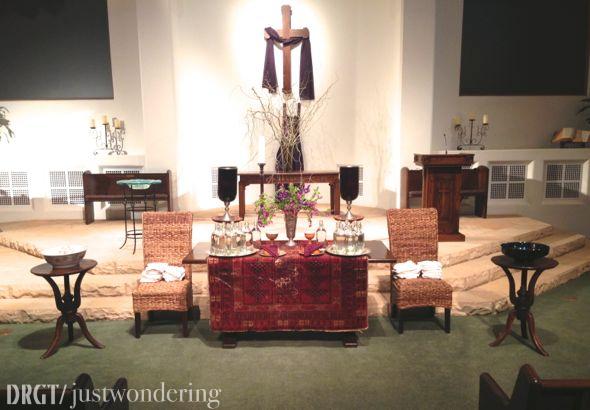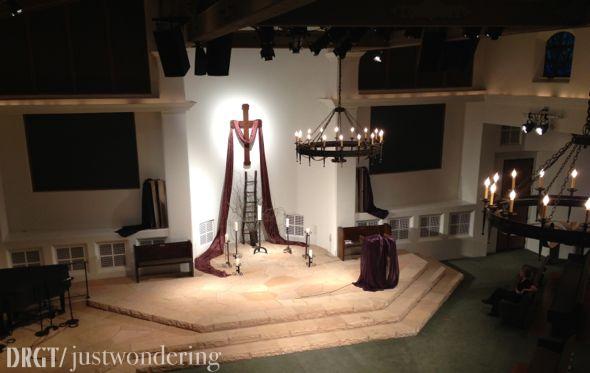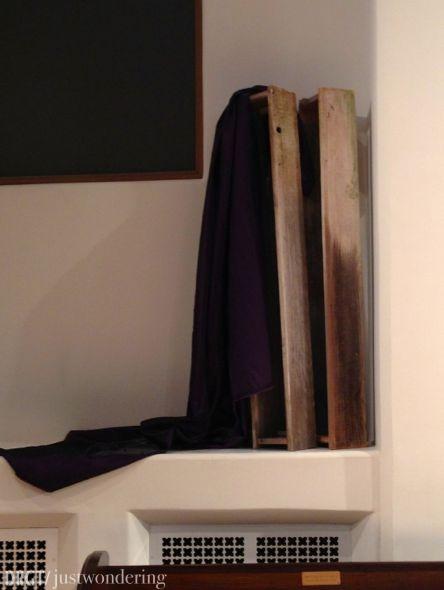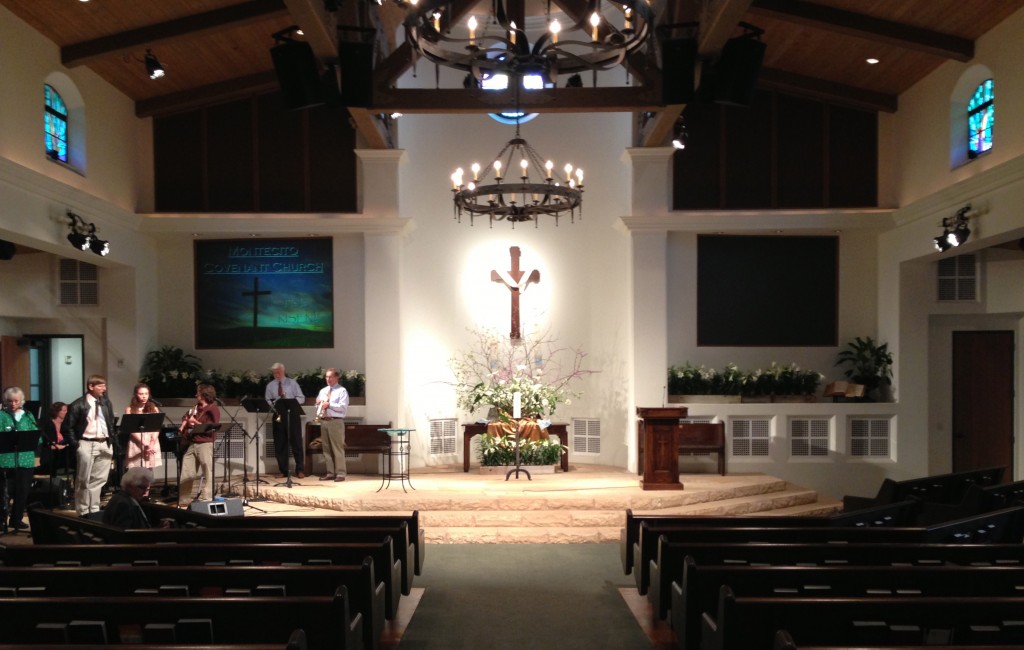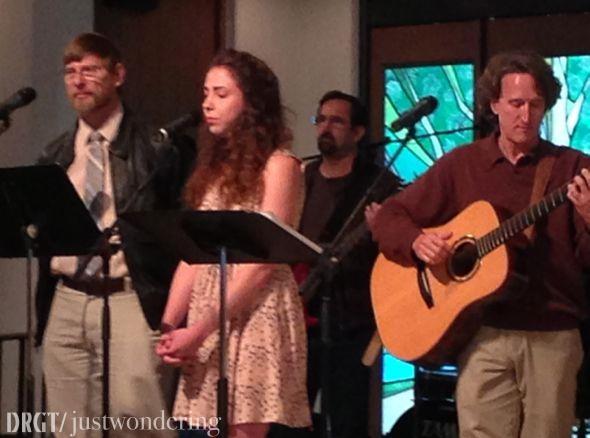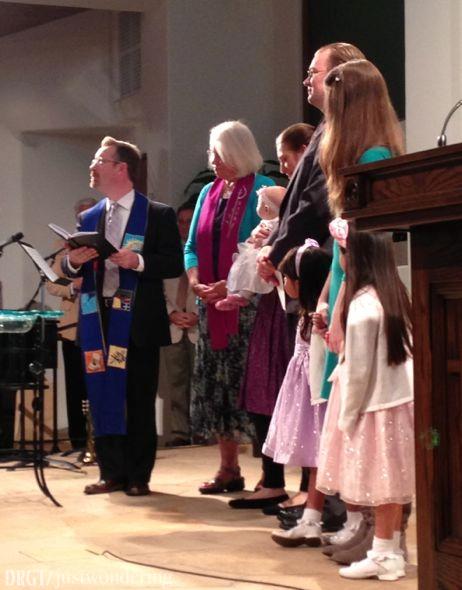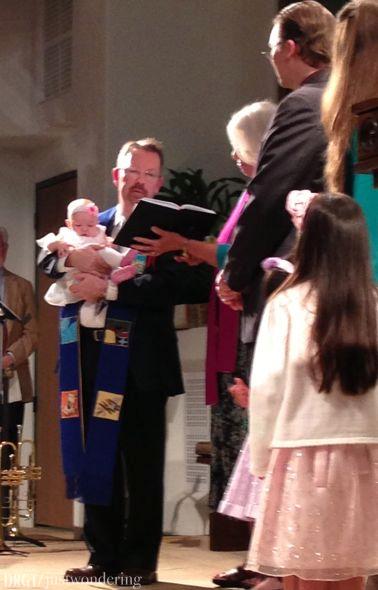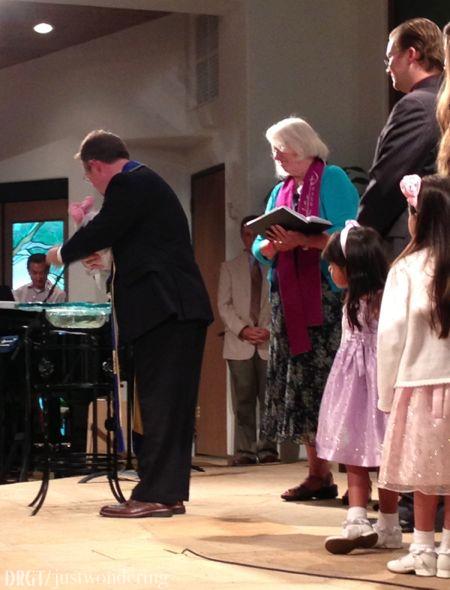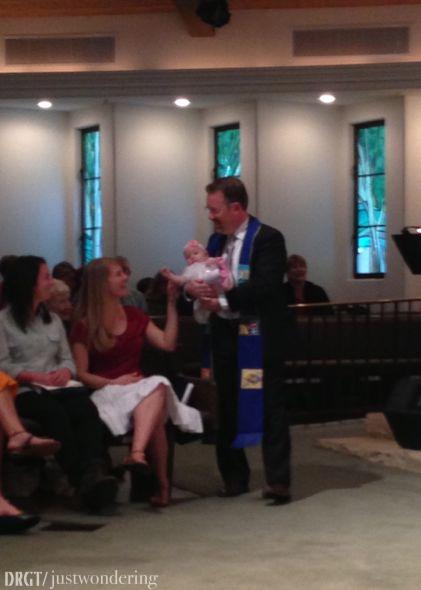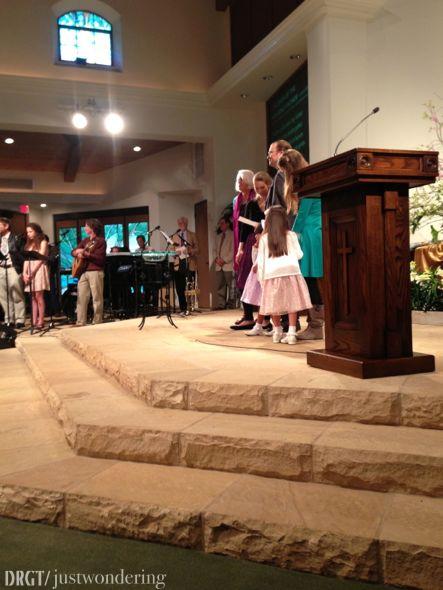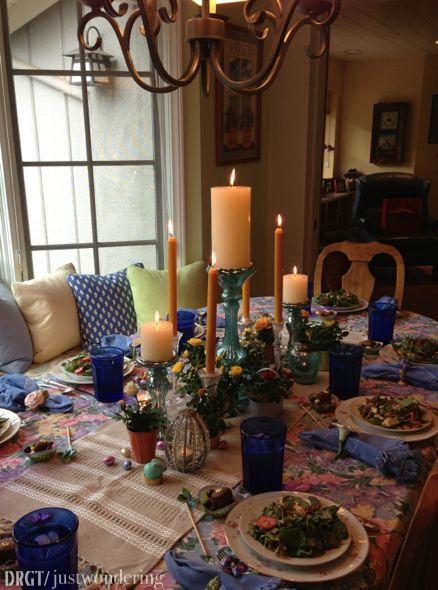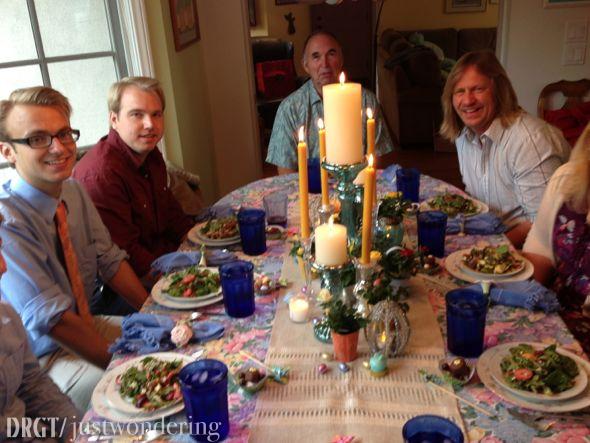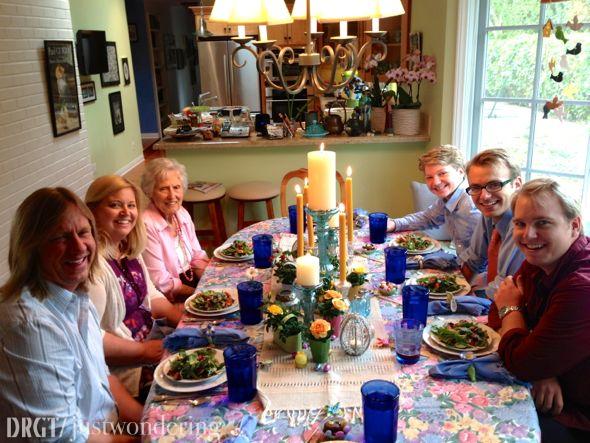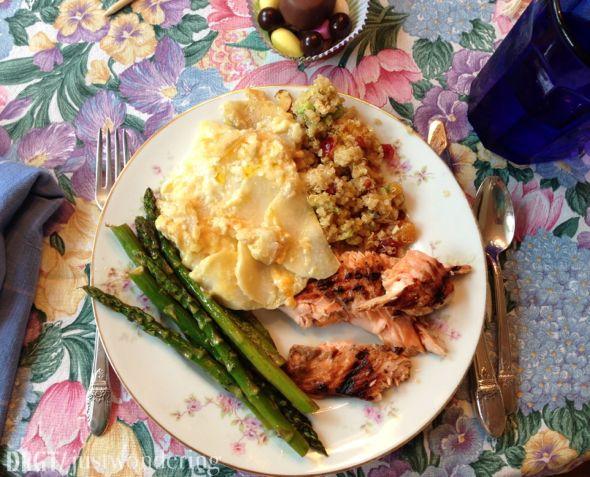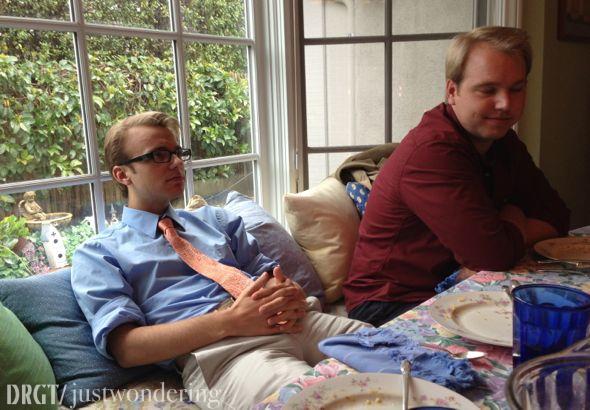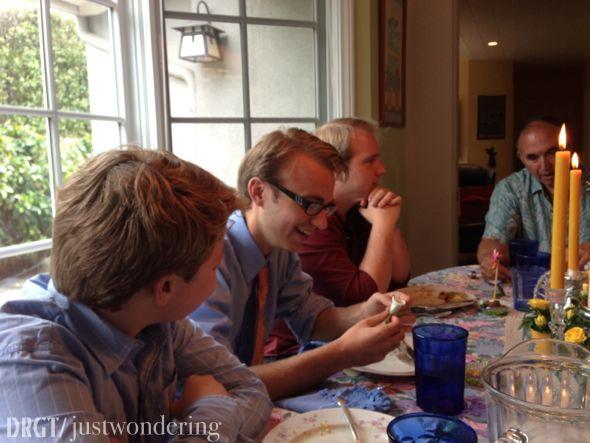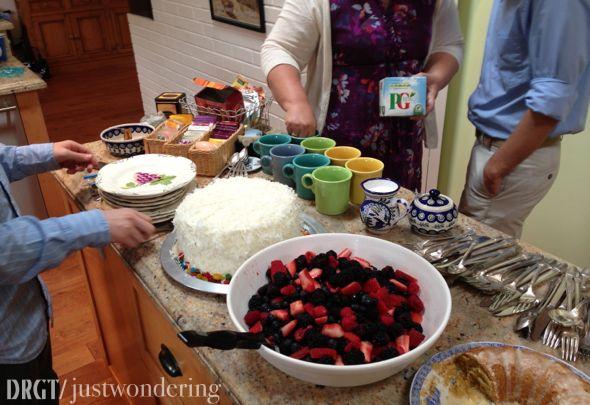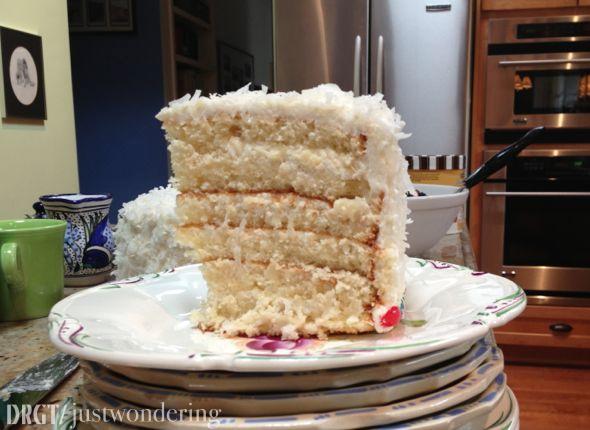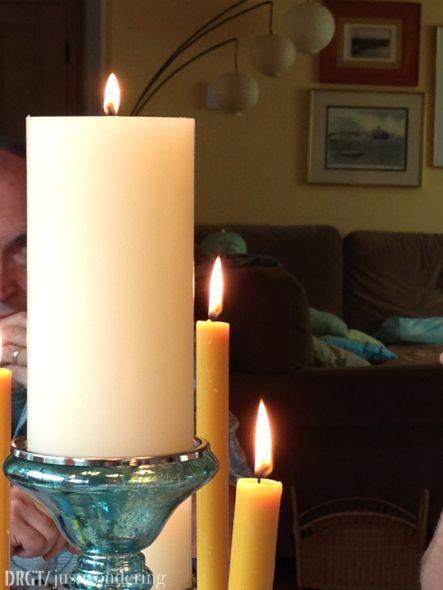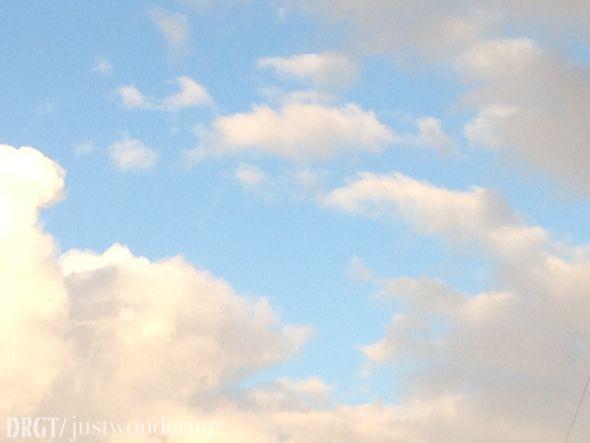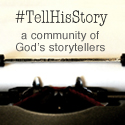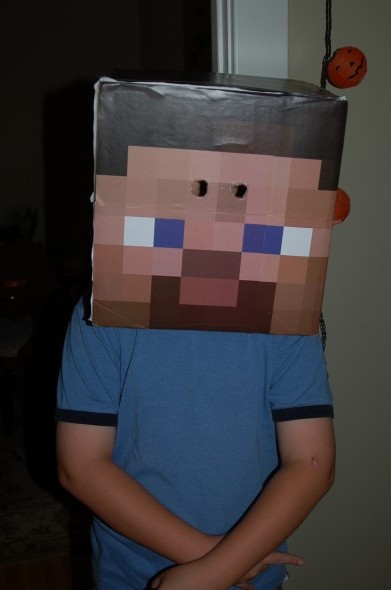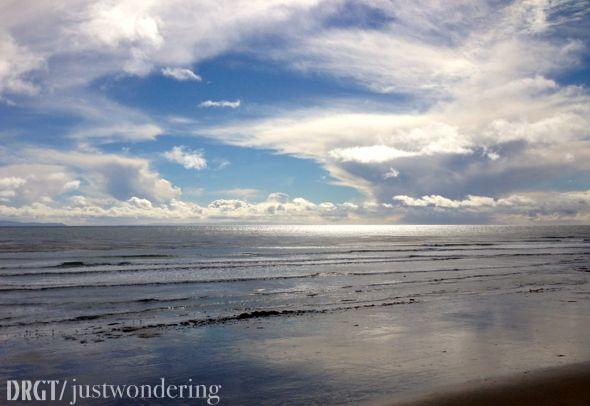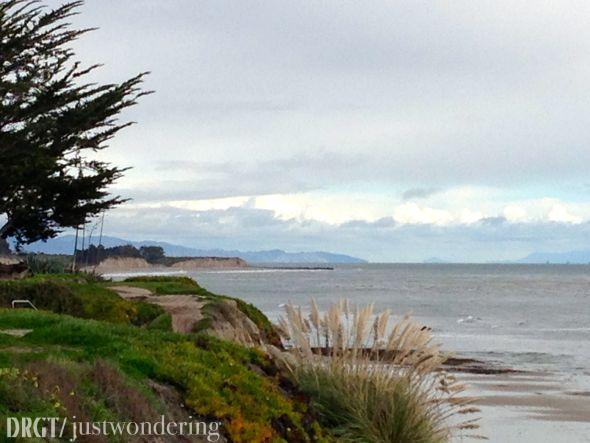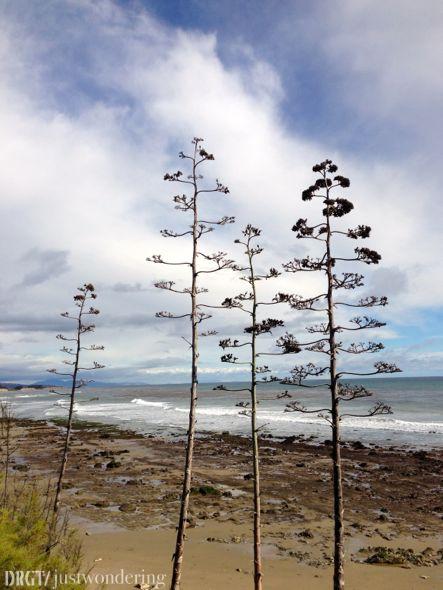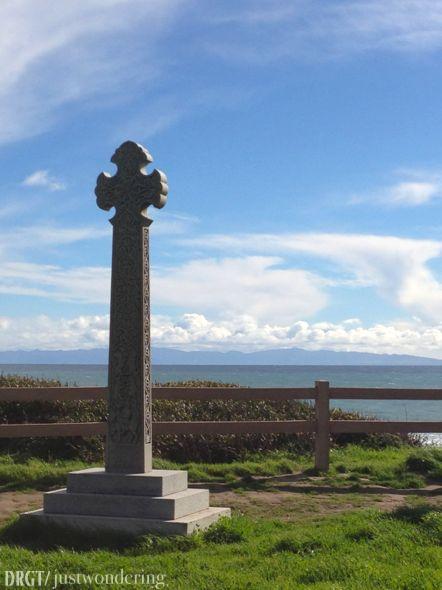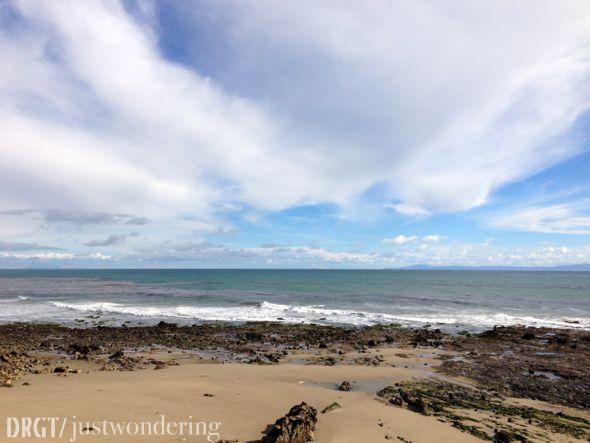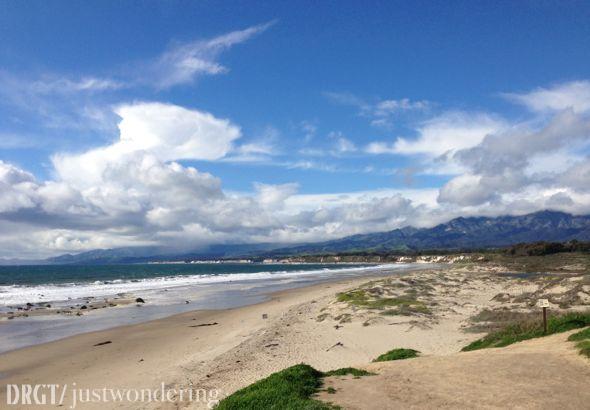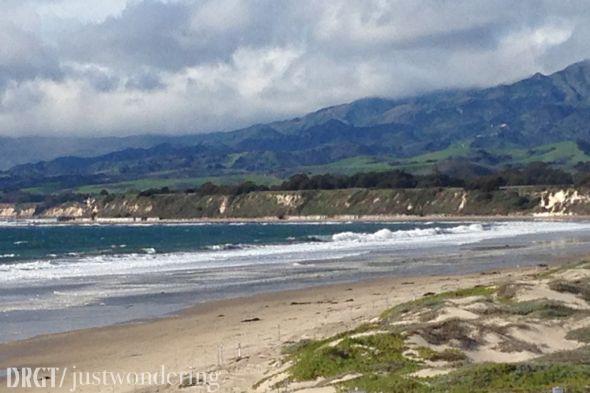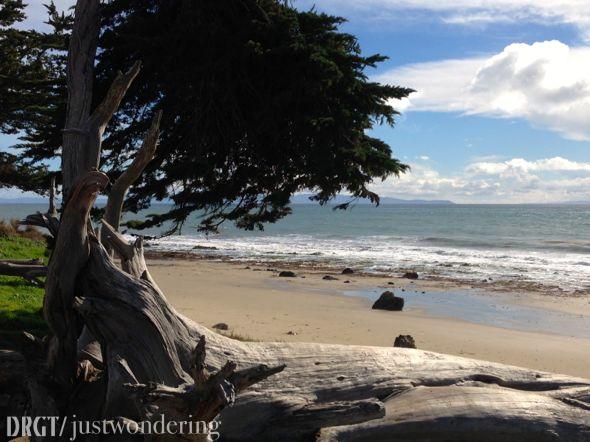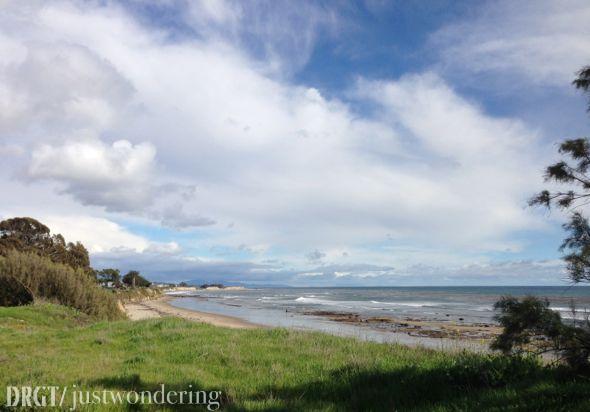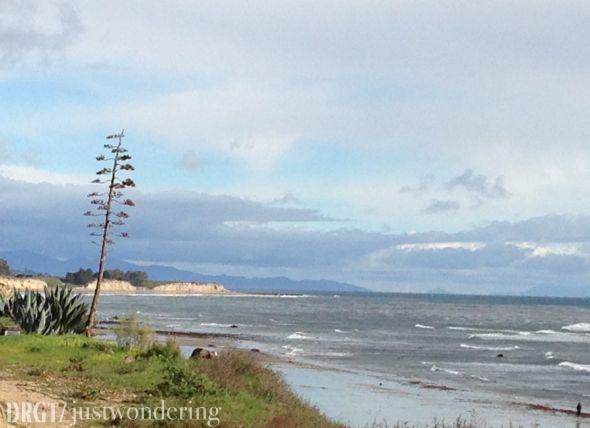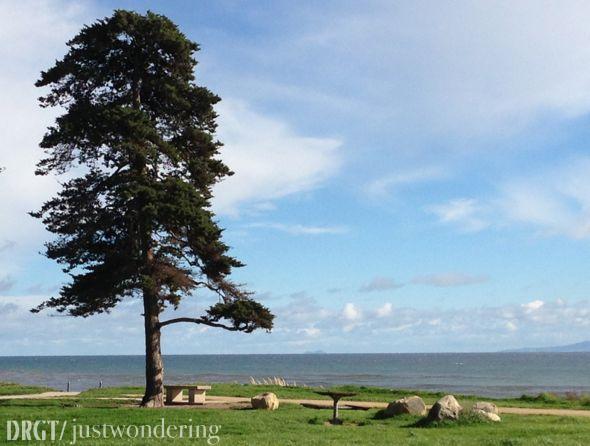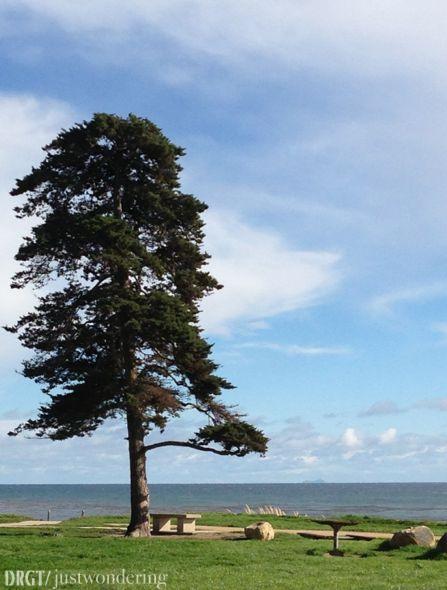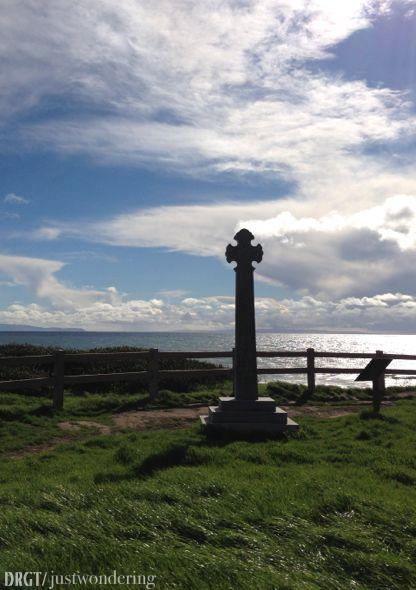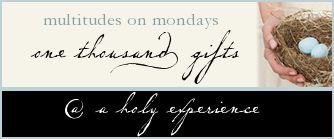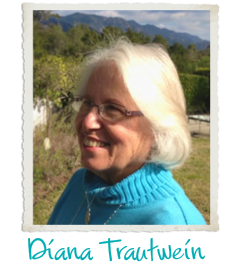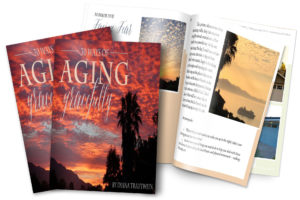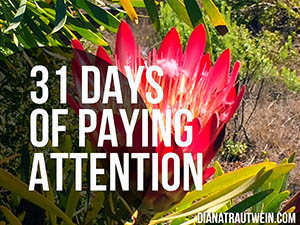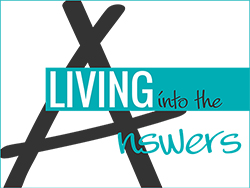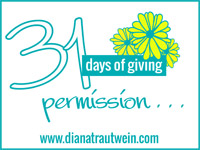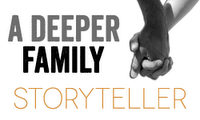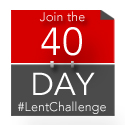Somewhere soon after leaving Bad Spandau, we crossed the border to
The Czech Republic, heading for the small town of Litomerice.
This post will feature that town and our introduction to Prague,
after we left the ship.
We are so grateful that we opted for the 3-day extension,
because if our only impression of that great city had been based
on the one day connected to the cruise . . .
well, I’ll let you be the judge if that was the best impression
to be had from Prague!
You can find all the parts of this series
by clicking on the links below:
Part 1 is here,
part 2 here,
part 3 on this line,
part 4 will be found here,
part 5 clicks over from here,
part 6 from here,
and part 7 . . . well, it’s right here.
It rained most of that morning, so we stayed in and watched the water sliding
down the window.
We also visited several locks for the first time on this river.
Those are interesting but sometimes tedious,
as you wait for the boat to rise or fall.
It is necessary to vacate your room sometime in the morning to
allow the housekeeping staff to come in and straighten
things, replace your towels as needed,
and leave you humorous small gifts on your bed.
Just as we arrived in Litomerice, the clouds parted,
and we were able to walk all around this interesting Czech town.
First up the hill to the church.
Another passenger told us that she had read that about 65% of the country is atheist.
That was a stunning number to hear!
But as I watched this tour guide, and the one in Prague,
treat the churches we visited with a certain amount of
dismissive disdain, I could believe it.
I wonder what the difference is between this land
and a place like Poland, where nearly 100% of the people coming
out from under the yoke of Communism are pretty devout Catholics.
I’m thinking it must have something to do with the
vibrancy of the church at the time of occupation,
but who knows?
You know, these fancy pulpits are beautiful to look at,
but I cannot imagine preaching from one!
So separated from the congregation, and usually high above them.
That says a lot of things I’m not very comfortable with.
These beautiful peonies graced a side altar.
I loved the way they caught the sunlight.
Next, the town square. When my son looked at these pictures,
he immediately said, “You can tell you’re in the Czech Republic, can’t you, Mom?
See how different the spires are? They have those fine, pointed edges.”
I hadn’t really noticed. But now I see it in all these pictures!
Tours are really helpful in lots of ways.
Except for this one: having to stay connected to a group of
people when you really want to duck down a side street on your own.
Most of the time, we were quite content,
because the guides were excellent and we wanted to
learn from them.
But once in a while, that old rebellious nature of mine shows up.
I appreciated the fact that the Czechs themselves
erected this monument to a poet they loved.
Not a military leader (as all the Communist statues note), but a poet.
I like that.
Paintings and small sculptures above the doors
were the original house addresses in about the 18th century.
The clouds really celebrated our view for us, didn’t they?
I loved this zigzag staircase.
And this silvery tree in the park with the view.
And this goofy granddad on the horsey, too.
Next stop — not a favorite: beer-tasting.
The Czechs love their home-grown beer,
and this rustic restaurant housed a micro-brewery.
They provided a tray of condiments and snacks,
and samples of 3 kinds of beer.
I believe they’re called pilsners rather than ales.
I took a Coke light, Dick sampled (barely) and I tasted.
I never learned to like anything alcoholic,
though I’ve tasted a few wines that almost made me a believer.
But it was fun to see this cellar and the
equipment that produces the beverages.
Back to the ship to rest and change for our last dinner aboard.
The entire crew was out to meet us as we went down to the dining room.
They did such a superb job of caring for all 107 of us.
The place settings were even more elegant than usual,
and the menu?
FAB.
Our table-mates were from the Coventry area of Britain —
almost half the passengers came from the British Isles.
The pastry chef was a red-headed German young man who was about 22.
And he just outdid himself every single day.
This platter was the post-dessert dessert.
STUFFED.
The next morning, I said farewell to my lovely rose,
which had lasted beautifully all week long,
and we hopscotched our way around the luggage
outside the doors.
All of it was loaded onto the busses and unloaded
into the hotel rooms by others.
This is a very nice feature of tours.
Very nice, indeed.
And we boarded the busses for the 40 minute drive from the Elbe River to the Moldau (in German) and the Hilton Hotel just above it.
Czech completely defeats me!
Good-bye, boat. Good-bye, Elbe.
Hello, Hilton.
Our rooms would not be ready for several hours,
so we had a brief break and climbed back on the busses
for a tour of Prague.
Slight problem.
It was the hottest day of the year so far — mid-80’s —
and everyone in the entire city decided to be out and about
to enjoy the beauty of the day.
Yowza, it was crowded!!
We drove across the river and up the hill to the palace/castle
(pictures of that place to come in the final couple of posts).
They have guards at every gate of the palace area, and they change on the hour,
with a whole big changing of the guard ceremony at noon.
So, imagine you’re in a group of about 40 amidst this throng,
and you’re trying to keep up with your guide,
who is in a very big hurry to keep to a certain timetable,
and you’d like to try and take a few pictures along the way.
Well, it wasn’t easy.
I did manage to get a few exteriors of St. Vitus’s Cathedral — enough to know I wanted to come back to this place — but she literally led us in one door and out the other.
I was lucky to get even one inside shot this day.
The photo series above was taken from the ‘golden side’ of the church.
Perhaps you can see why.
And it was here that we saw the most interesting tour group of the entire trip so far,
these travelers from Bavaria.
Apparently they keep cameras in those lederhosen and dirndls.
Who knew??
Everywhere, PEOPLE.
Trying to see the noon changing of the guard. Not terribly successful.
But I did manage to get this wrought iron and gilt detail.
We found a vantage point and shot a few city views.
But the heat caused quite a significant haze and it was tough to see much.
Next stop, the river.
We walked along the side of it for awhile, and through a lovely park to
get to the most famous bridge of all, the Charles.
Unfortunately, that place was the most crowded yet!
We were set loose to find lunch and then meet at the gate to the bridge.
Unfortunately, we had no Czech money yet,
but were assured that most people would accept euros or dollars or
credit cards, so we chose a delightful garden restaurant,
sat down, ordered and then thought to ask —
no, actually, they did not take anything but Czech crowns.
So we went to McDonald’s and split a burger.
And it was quite good.
The beautiful manhole covers continued across the border.
I thought it was sweet that this real baby wanted to pat the sculpted one,
part of a larger exhibit making a statement about the
dangers of technology.
Not sure I buy that warning —
babies will always be babies.
Thank God.
We saw small numbers of these padlocks on fence rails in other cities,
but this place took the cake!
An engaged couple puts one on to mark their engagement
and secure their eternal connection.
Cities are learning that it is cheaper to replace the entire
section of wrought iron than to manually remove all those locks.
This troll figure picture was shot through the rails of the padlock fence.
Apparently, trolls are big in Czech fairy tales.
This is the Beatles’ wall, where young Czech dissidents would write out lyrics from Beatles’ songs as a means of protest against the Communists.
Just standing near this wall could get you arrested in the good old days.
The garden we almost ate lunch in.
The entrance to the Charles Bridge.
And the street just behind the entrance. The MacDonald’s was at the top of this street.
I lifted my camera above my head to try and get a couple of pictures of the bridge without
hordes of people in the shot.
Next we walked across to the old town where we waited
for a particular clock to chime — supposedly the 12 apostles come out on the hour.
It was a lovely clock, but the apostles?
They were tough to see in the side windows.
Not sure it was worth standing in the heat,
but what the heck?
I preferred this view of the town hall towers across from the clock.
I have looked at this picture about 10 times since I took it,
and it wasn’t until I posted it here that I noticed that the brickwork
pattern is different in each tower.
Go figure.
The last part of our walk took us by this street vendor.
People stood at nearby tall tables, wolfing down chunks of this stuff.
 The synagogue in the Jewish quarter — still in use, I believe.
The synagogue in the Jewish quarter — still in use, I believe.
And more pictures of Prague and
a final post about leaving Europe and returning home still to come.

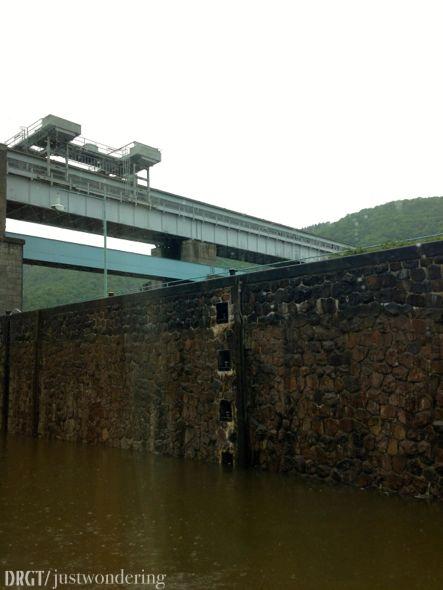
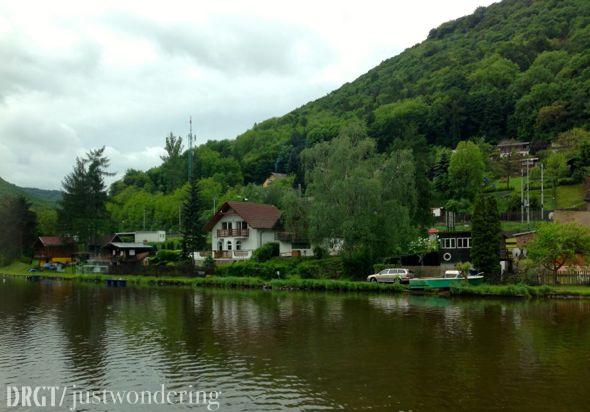
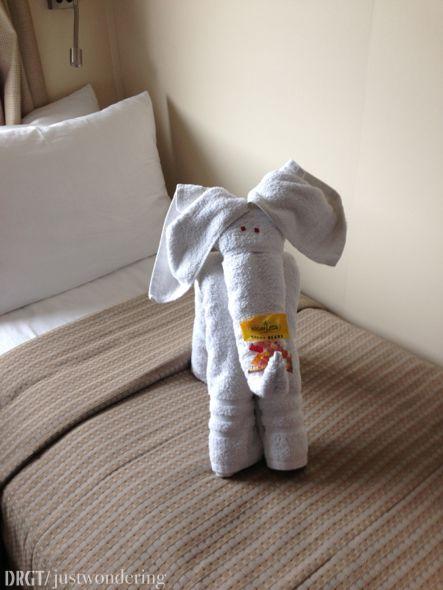
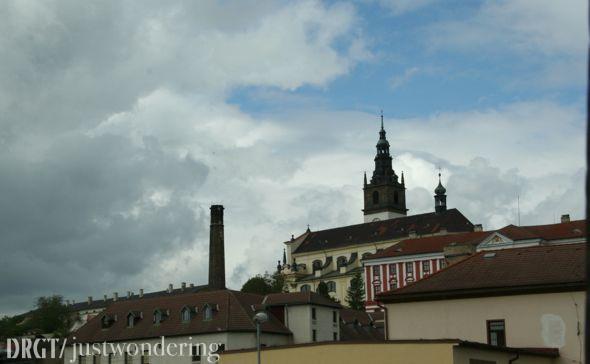
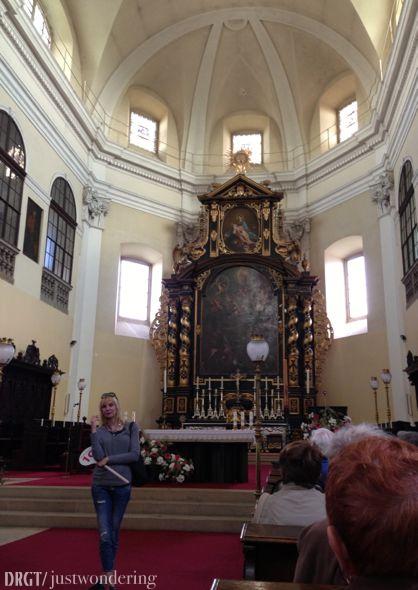
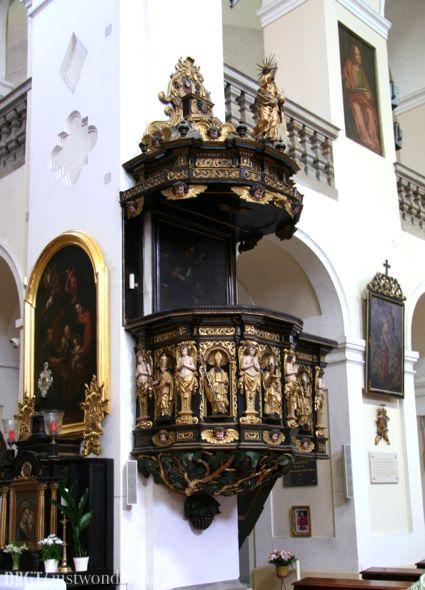


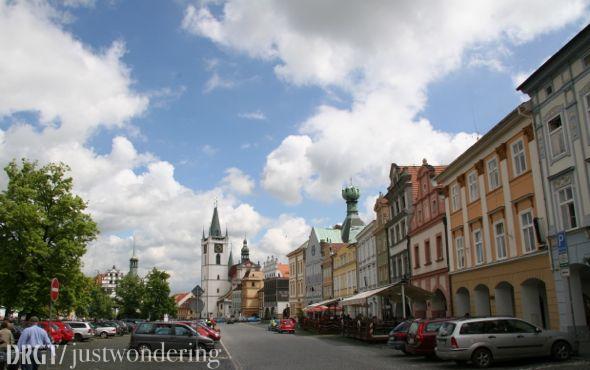
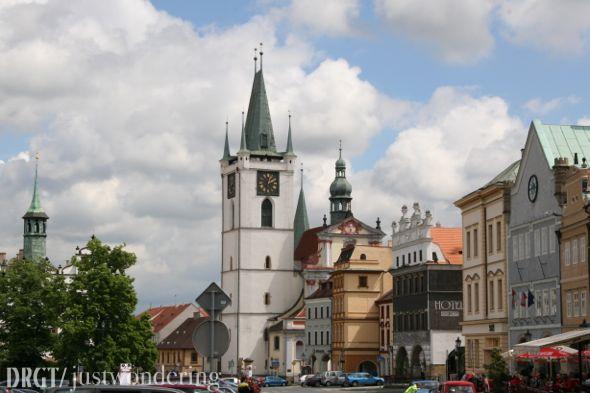
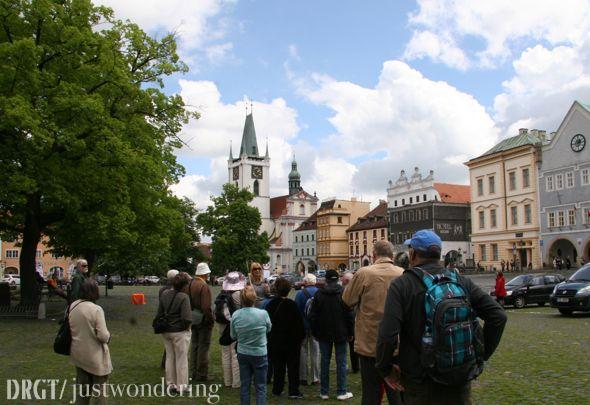
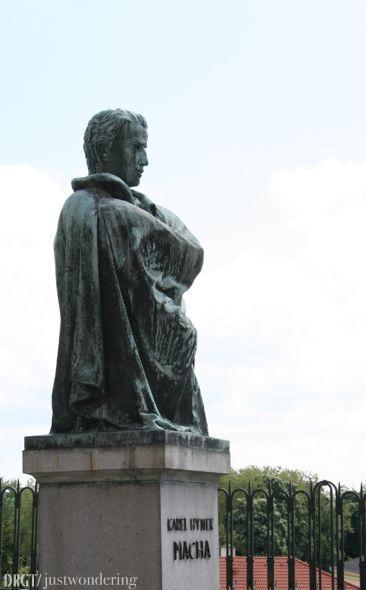
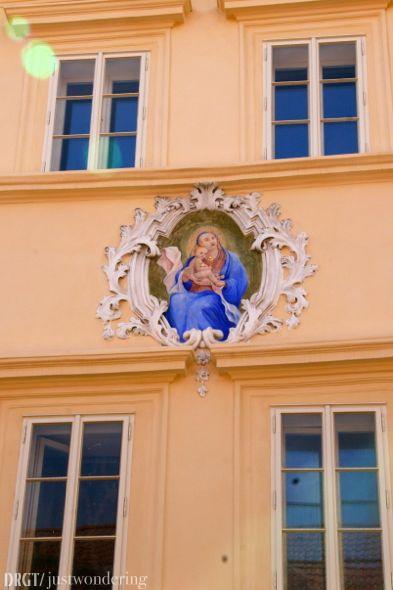
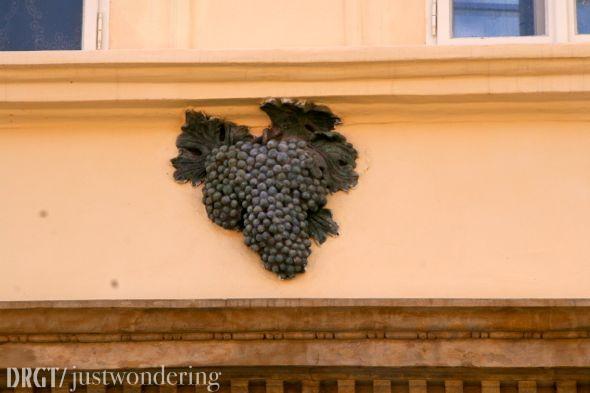

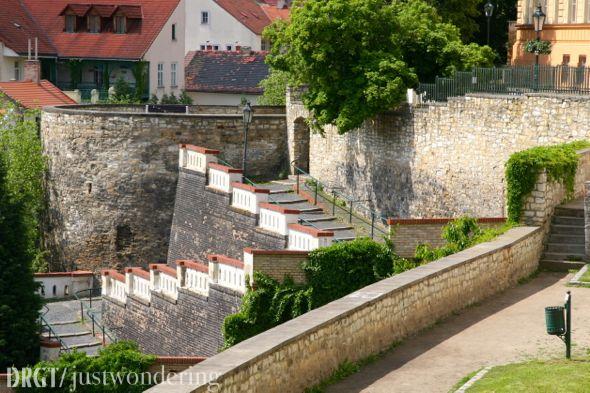
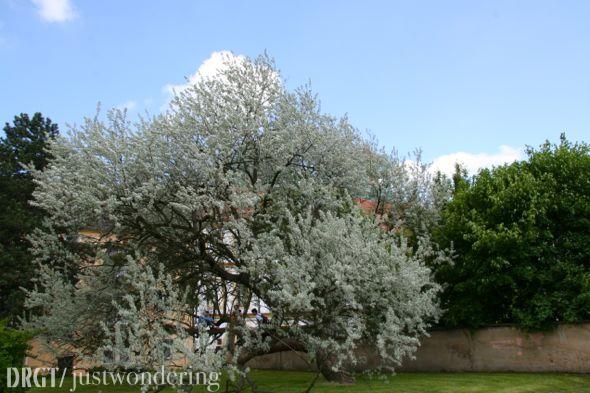
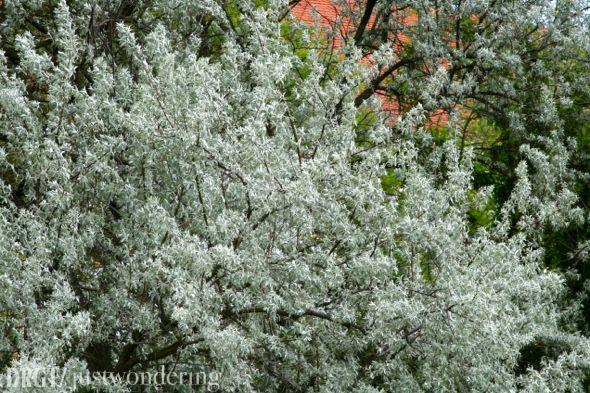


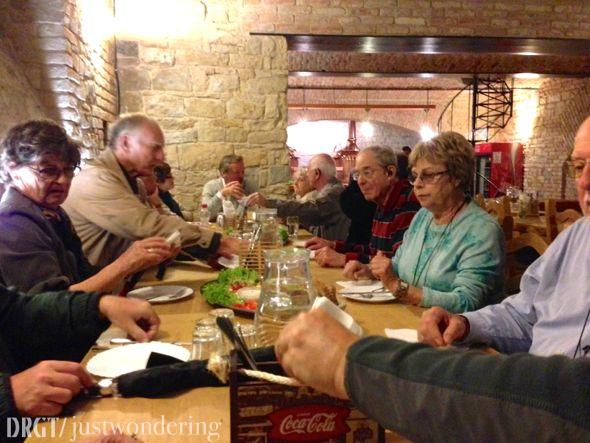
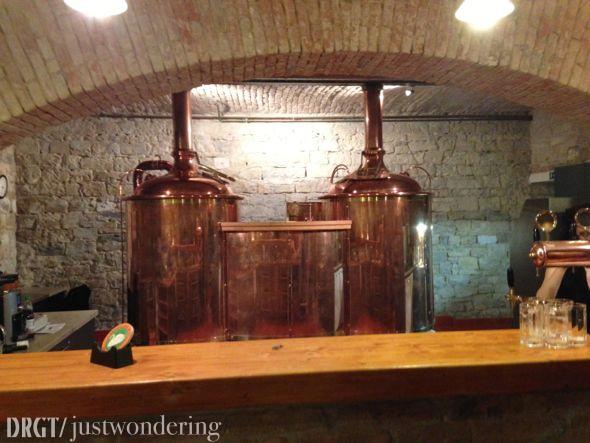
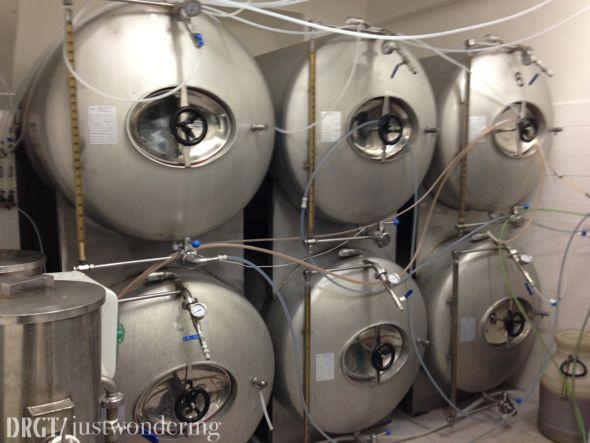
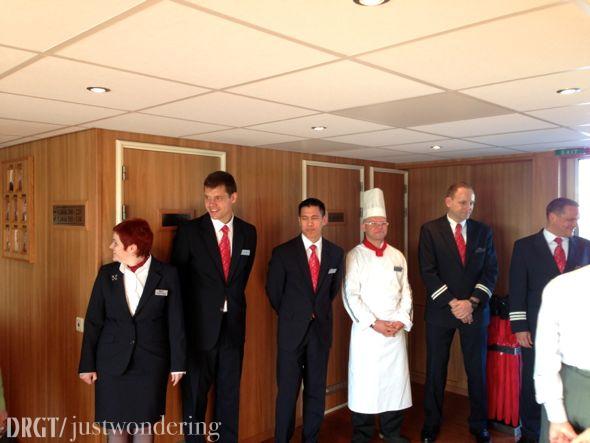
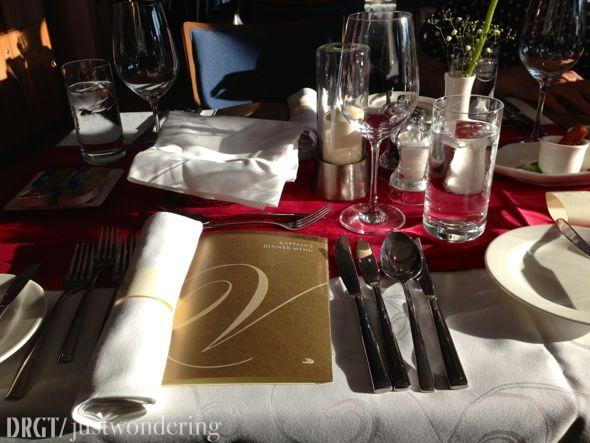
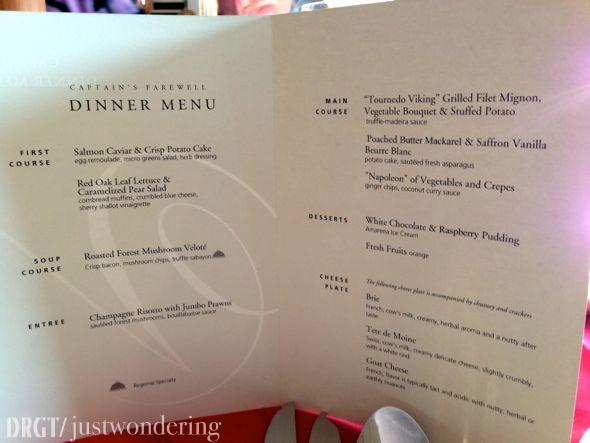
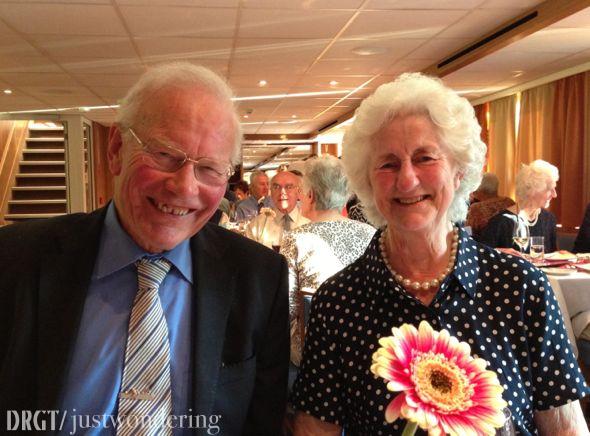
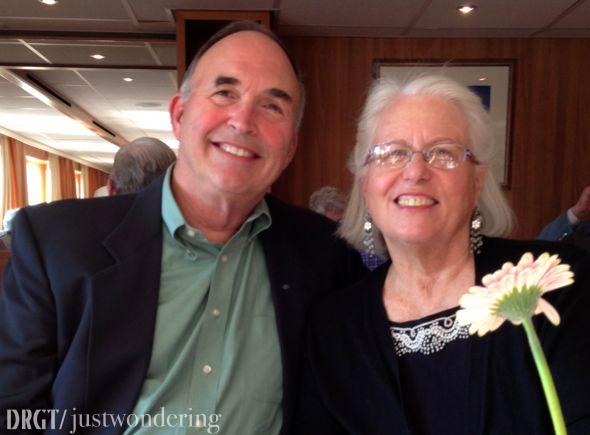
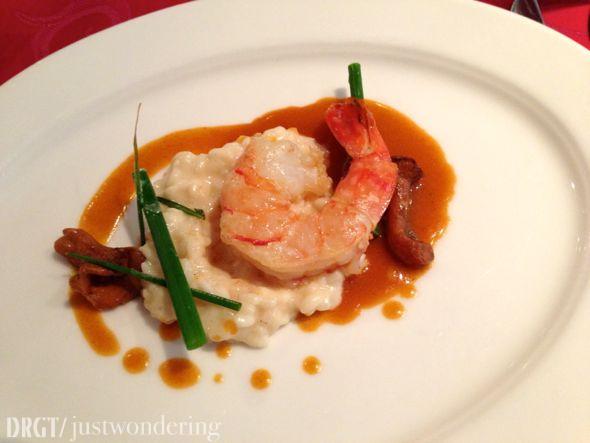

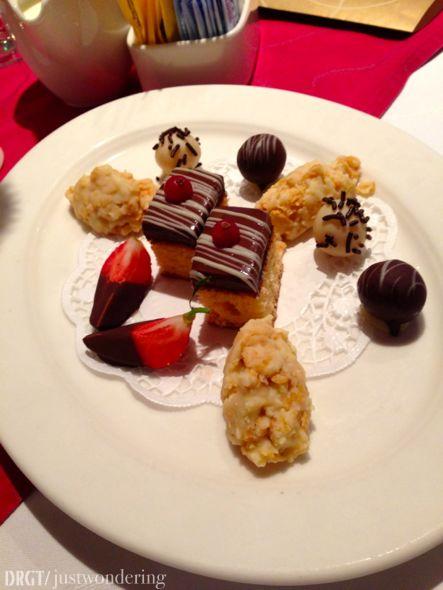
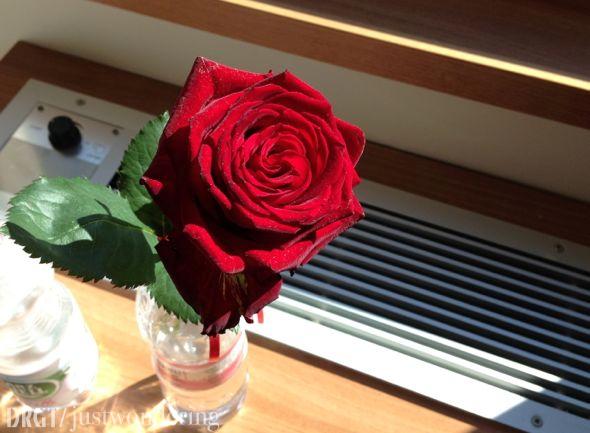

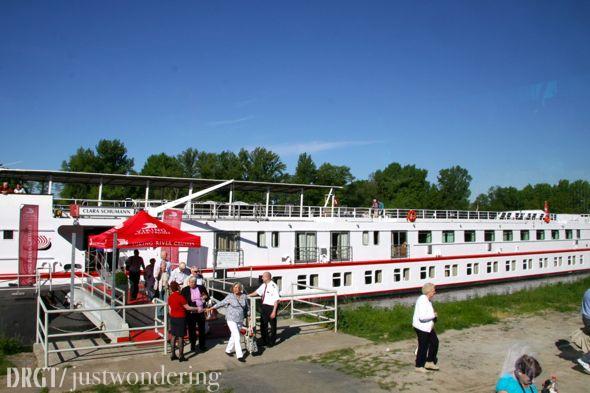
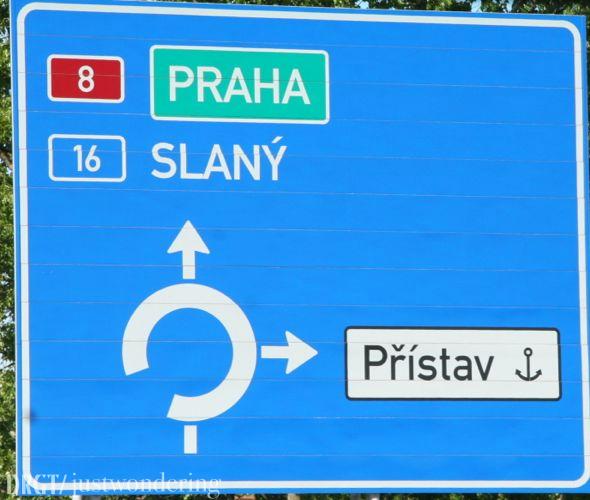
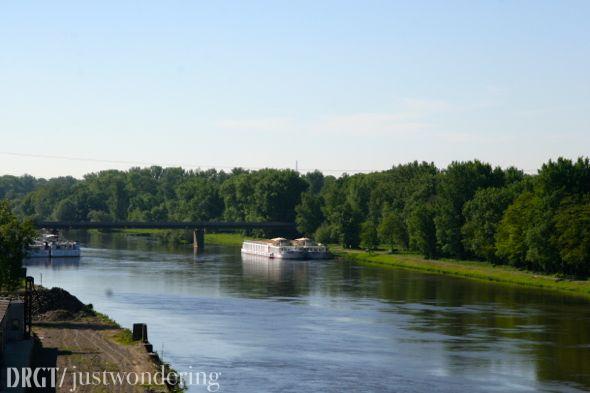

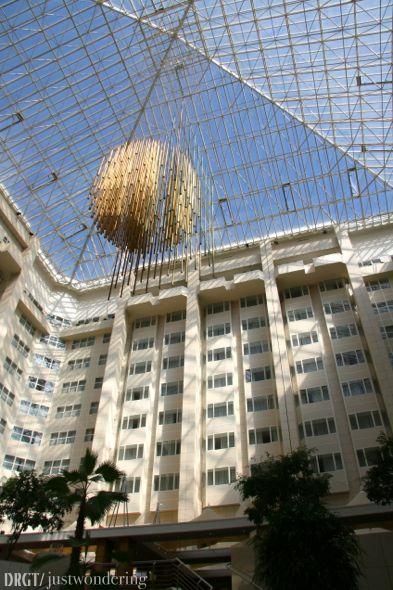
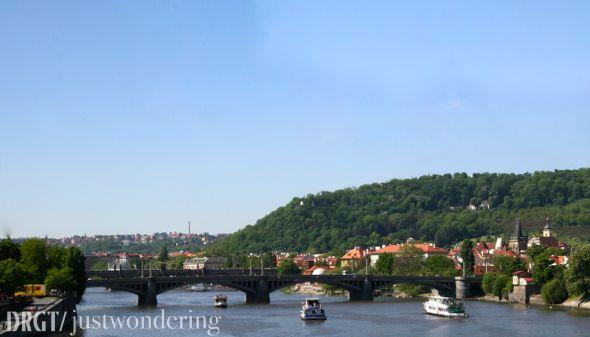
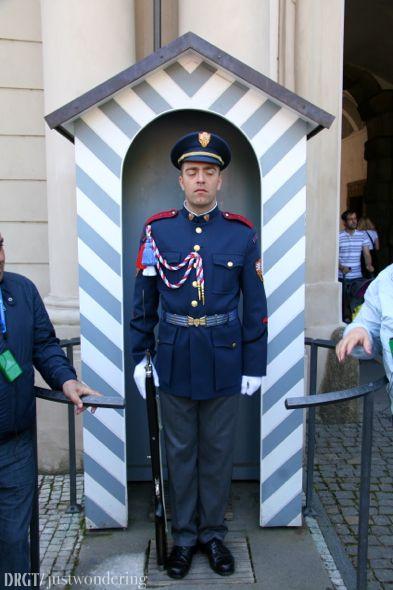

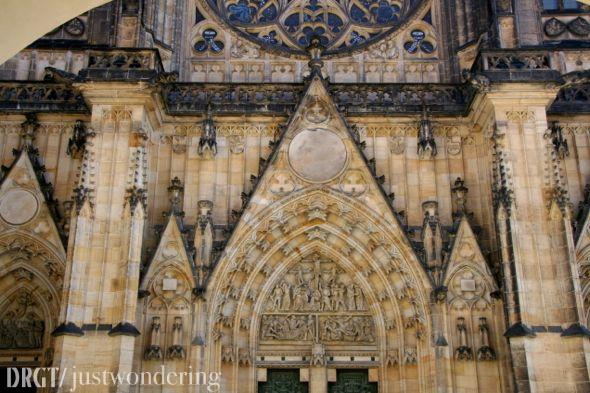
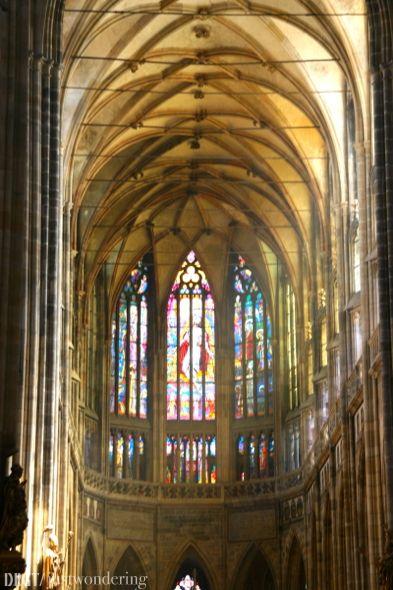

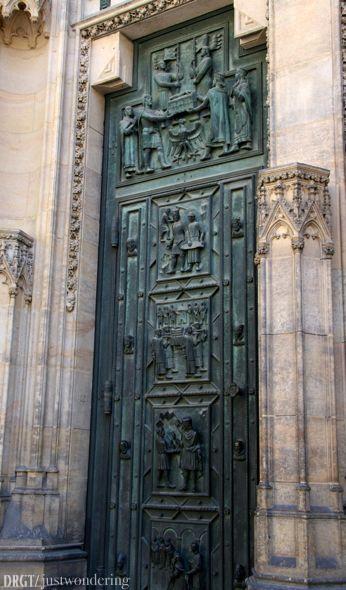
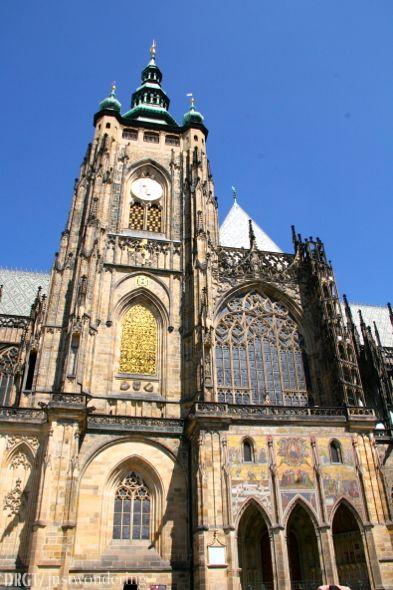
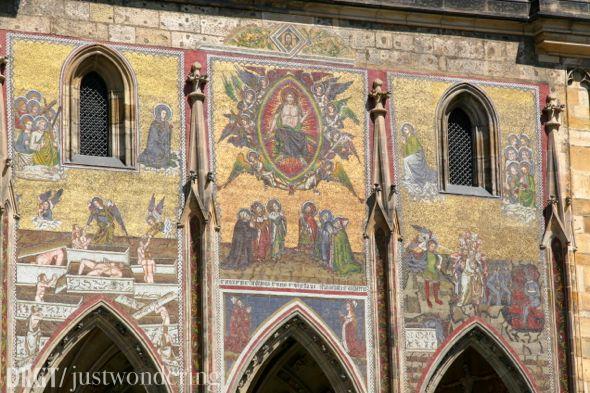
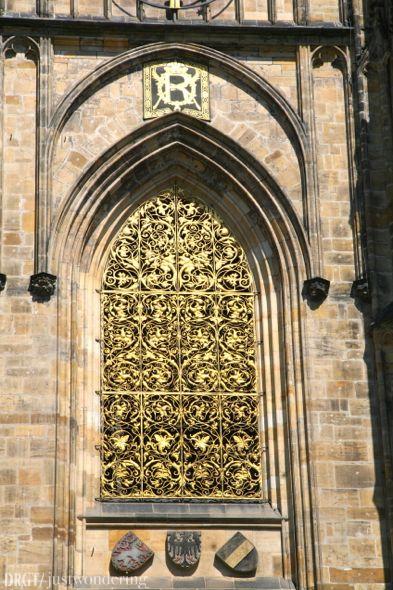

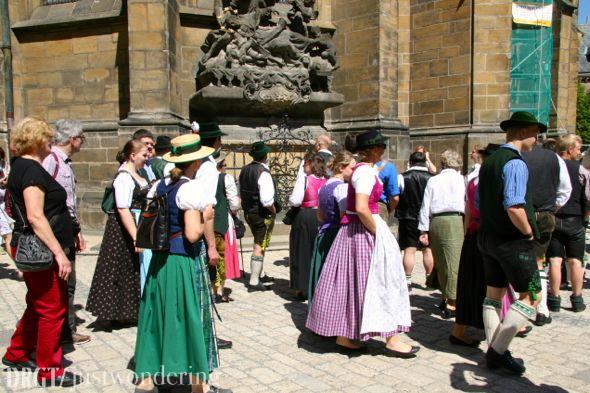
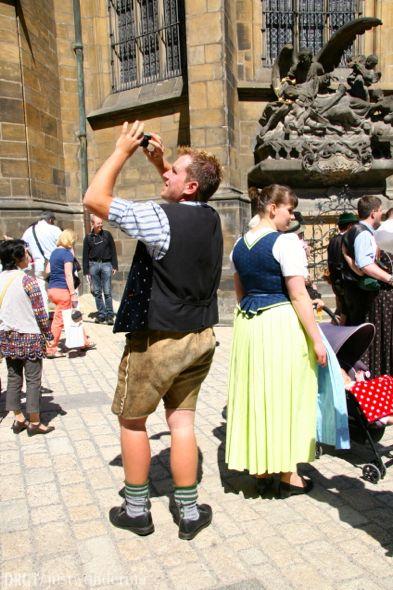
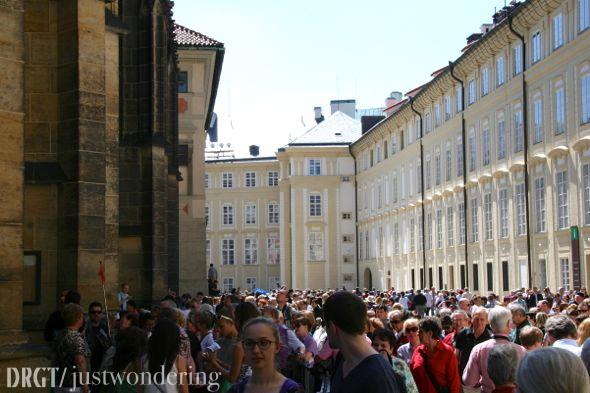

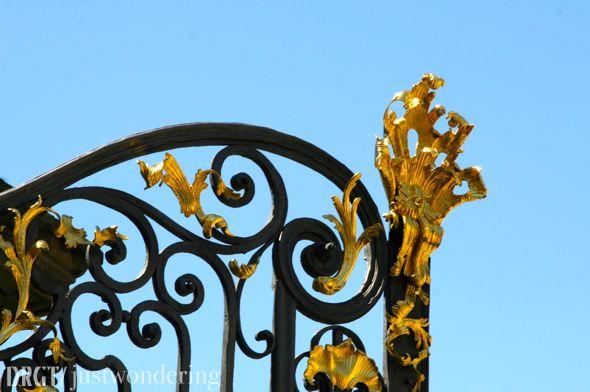
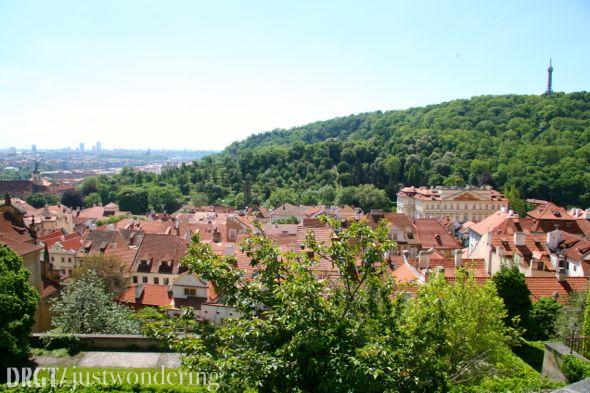

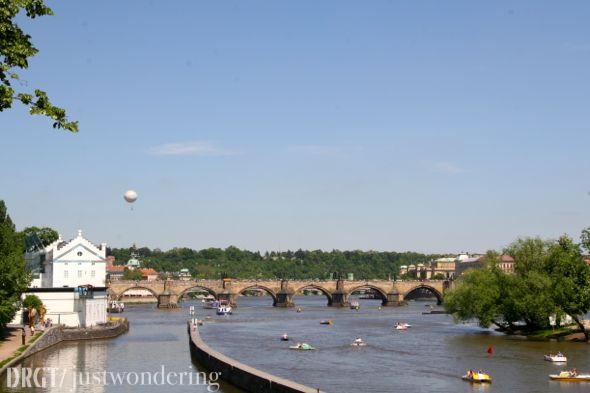
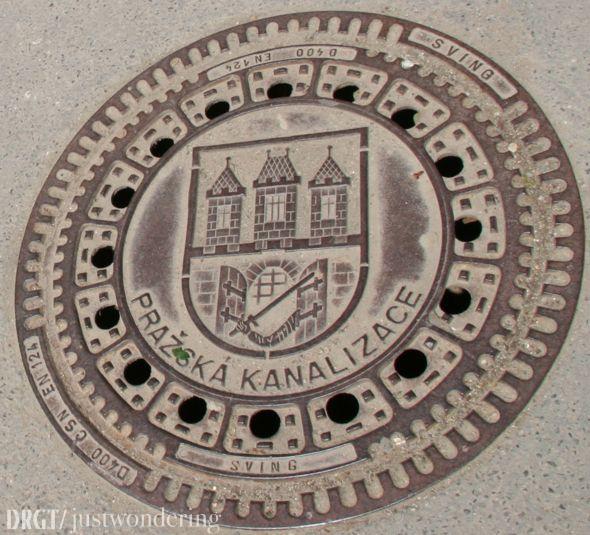
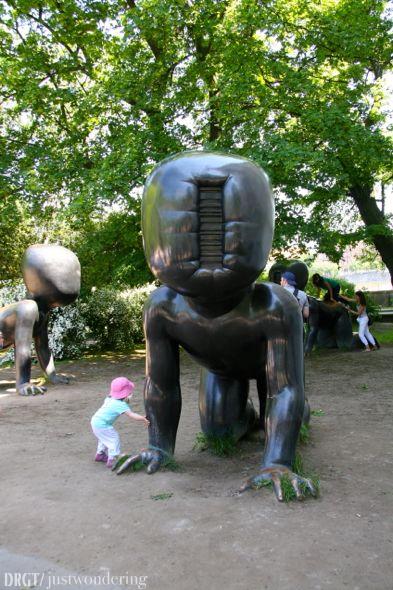
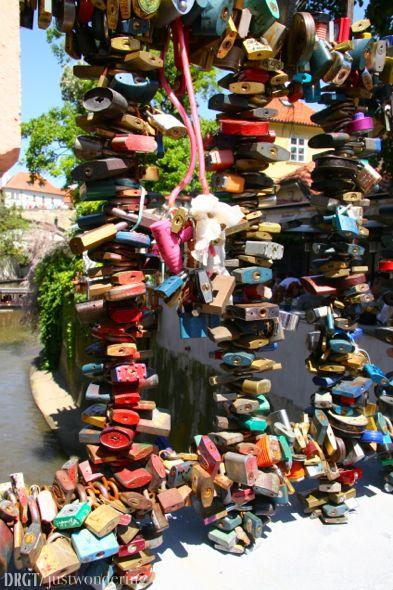
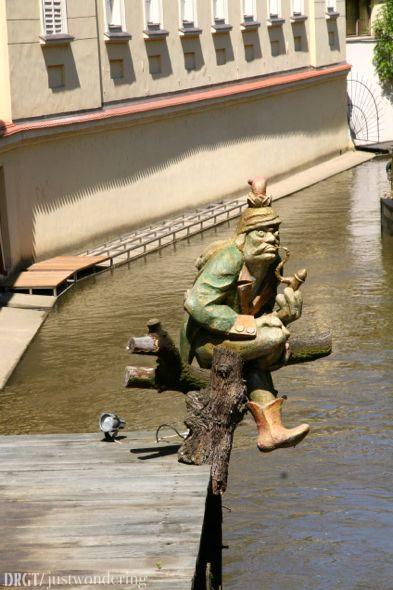
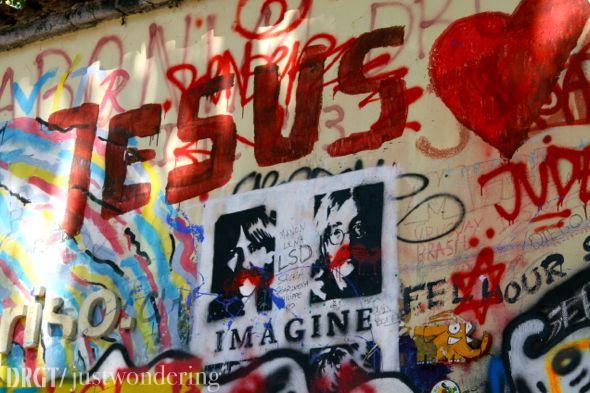
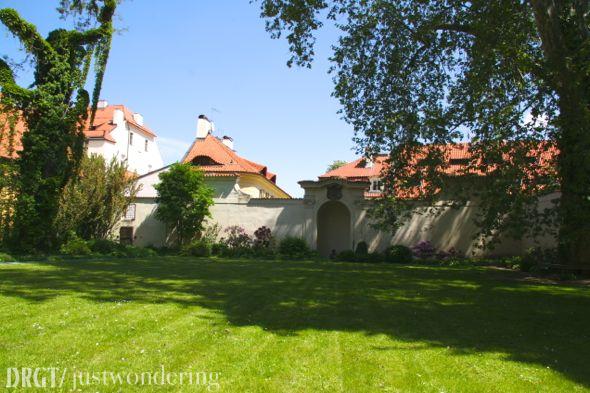


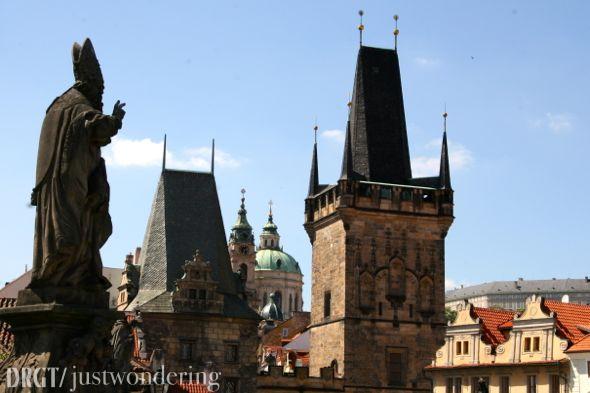
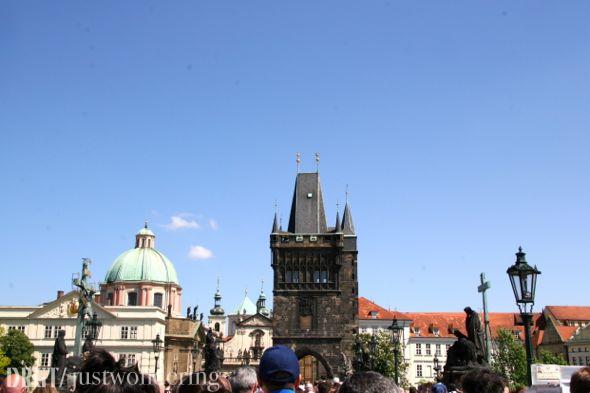
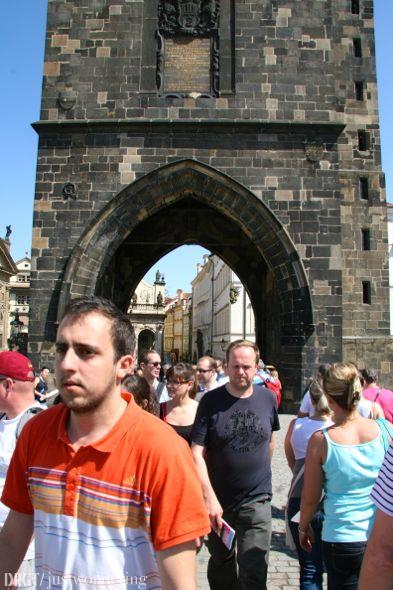
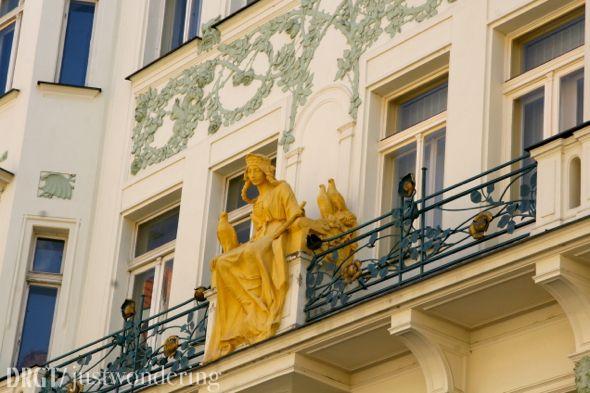
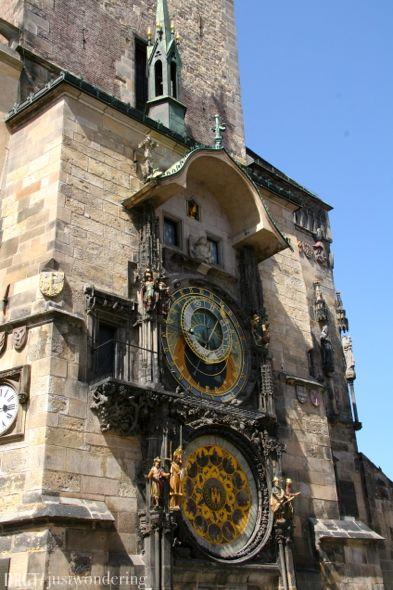
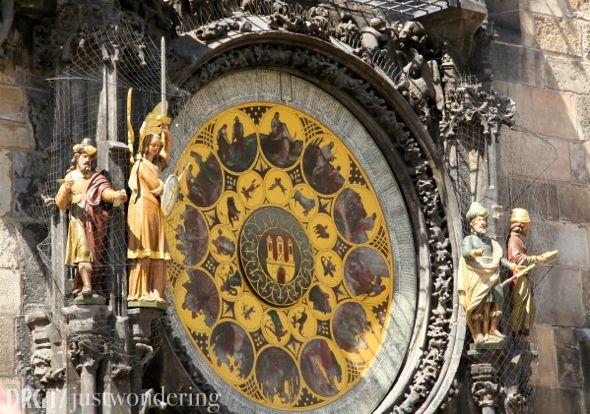
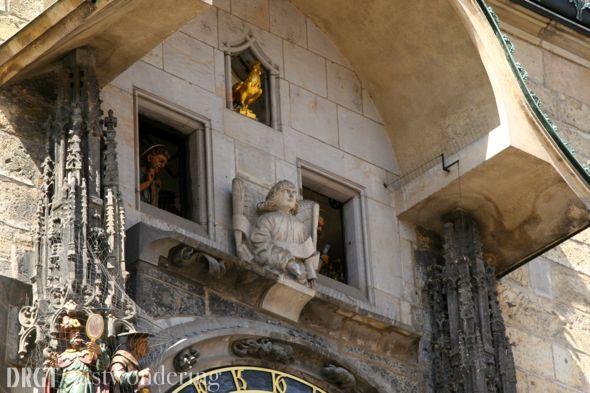
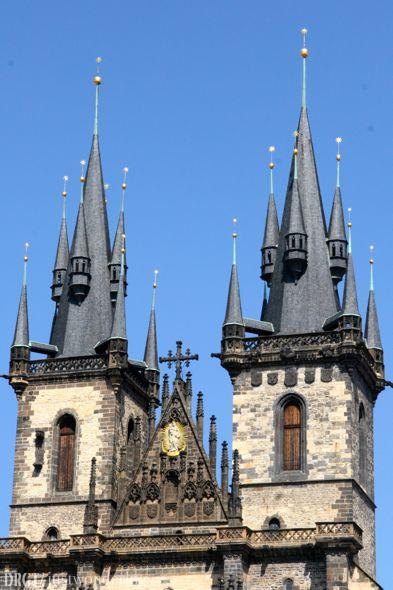
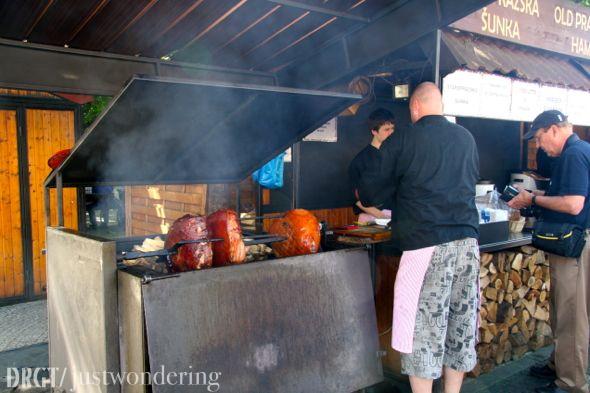
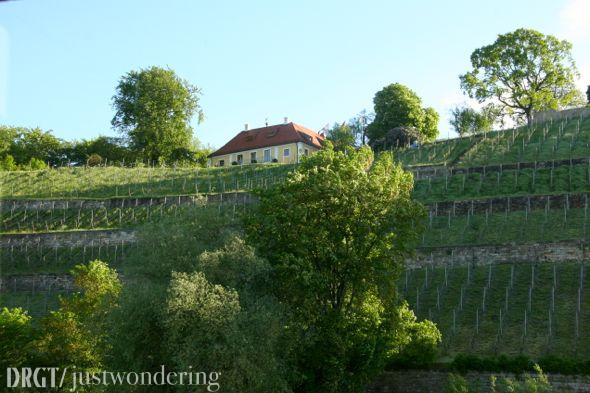
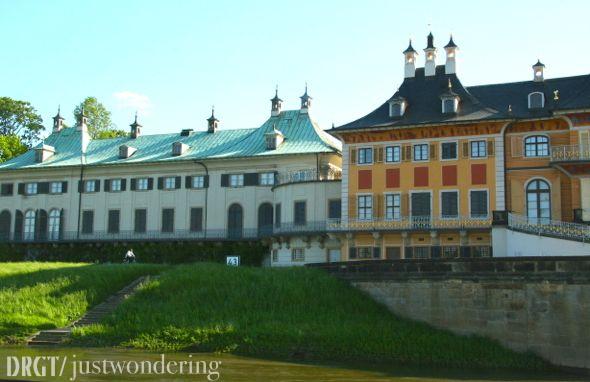
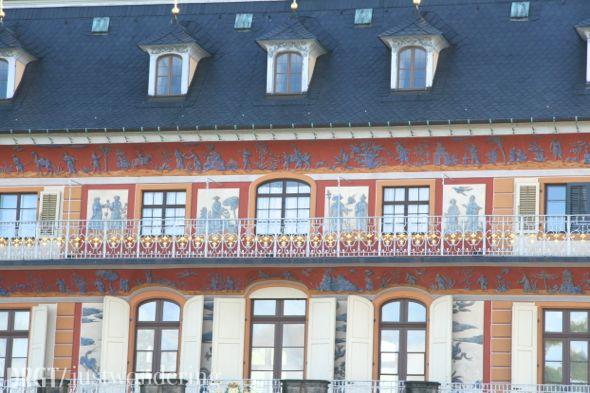
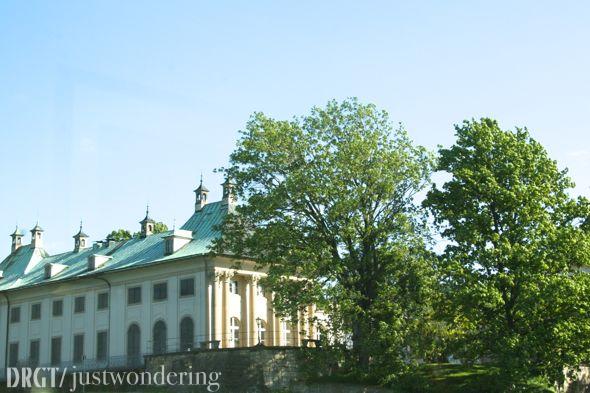
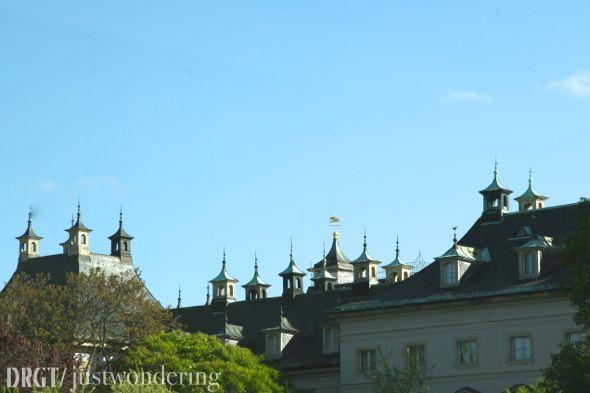

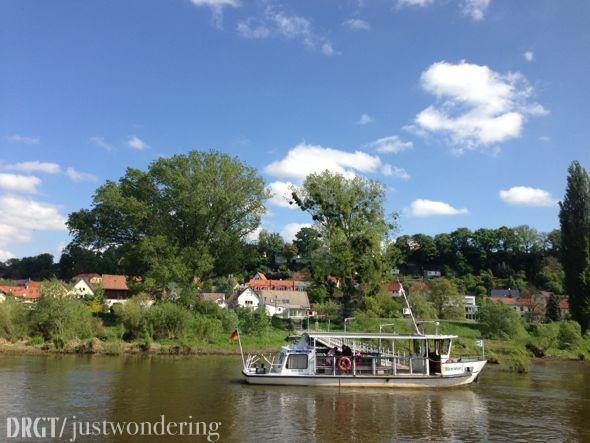
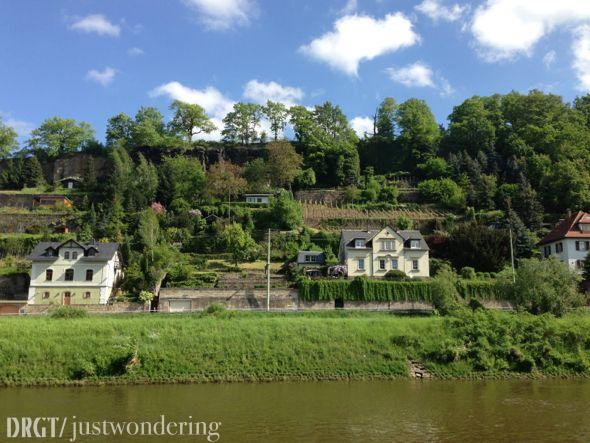

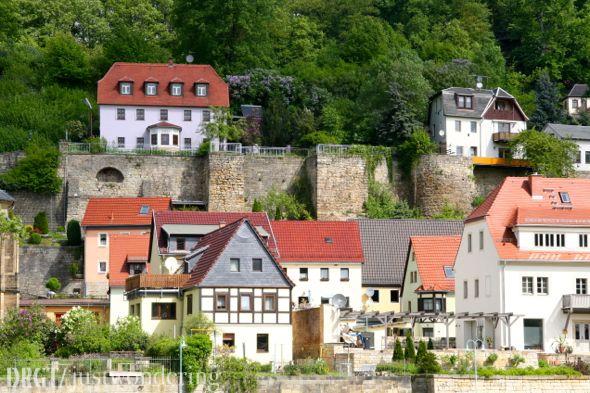
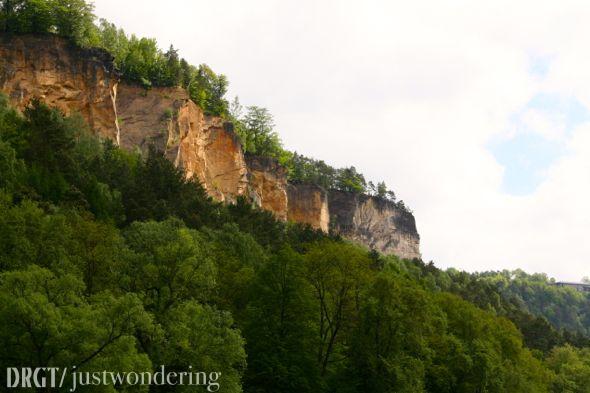
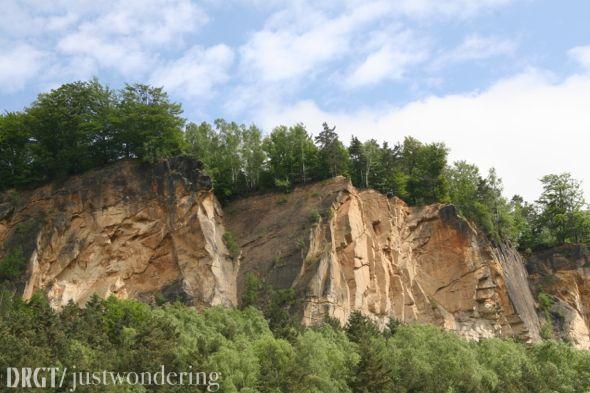
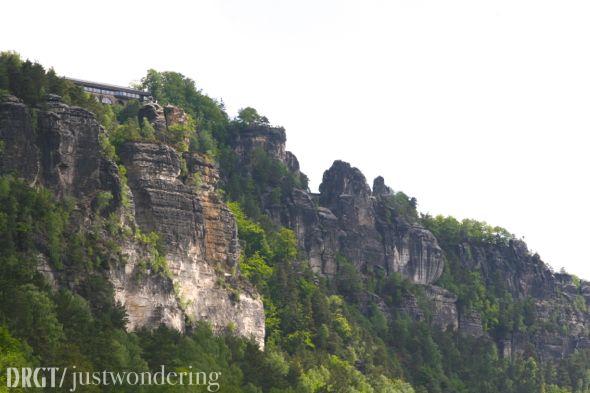
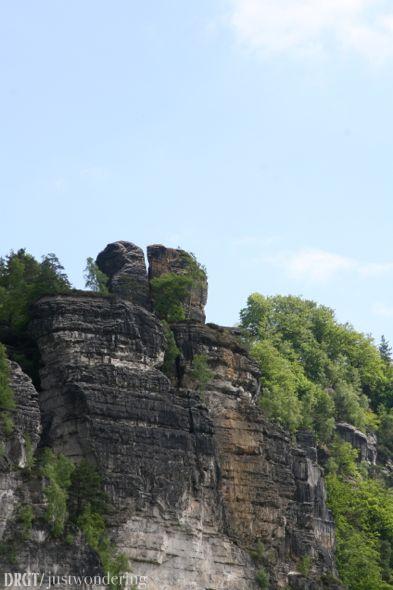

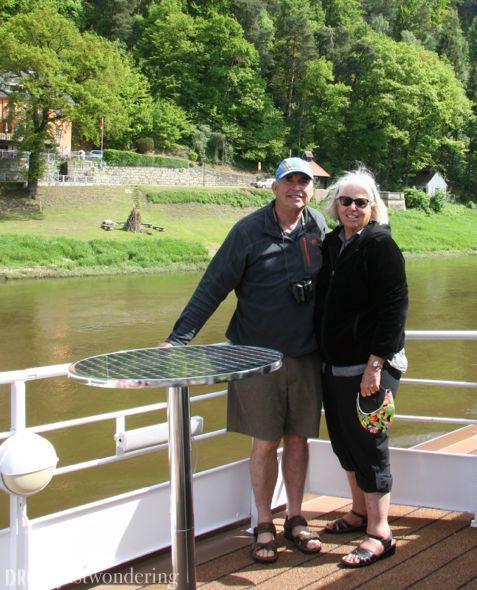
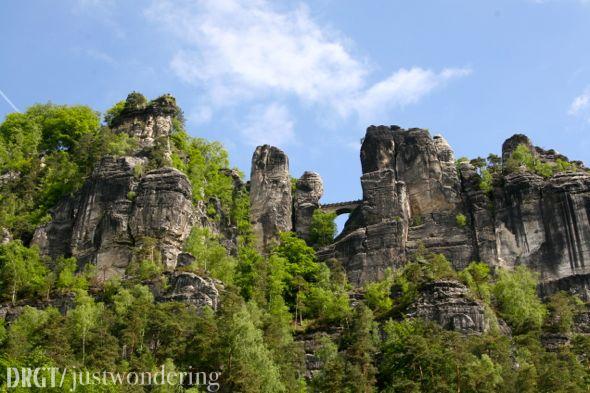
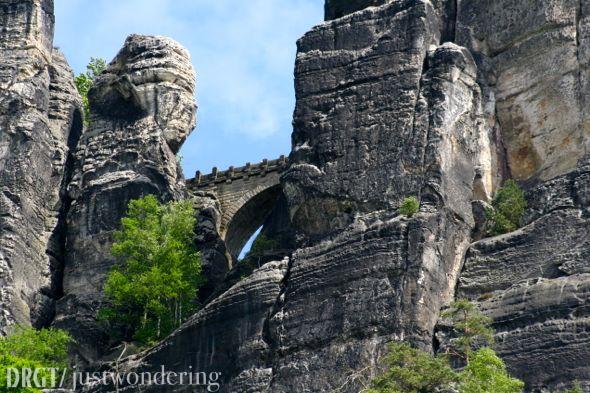
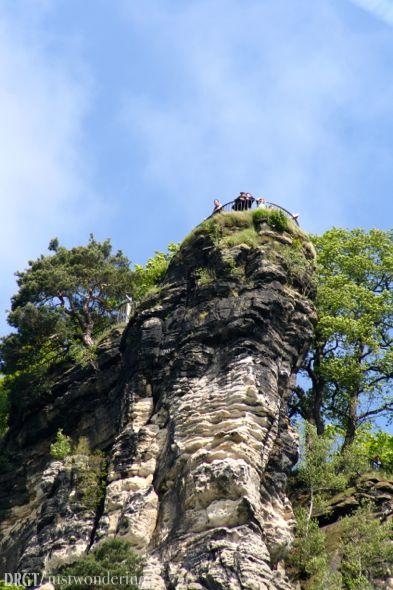
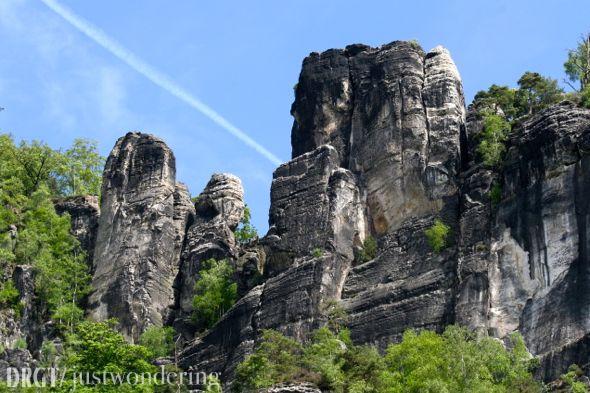
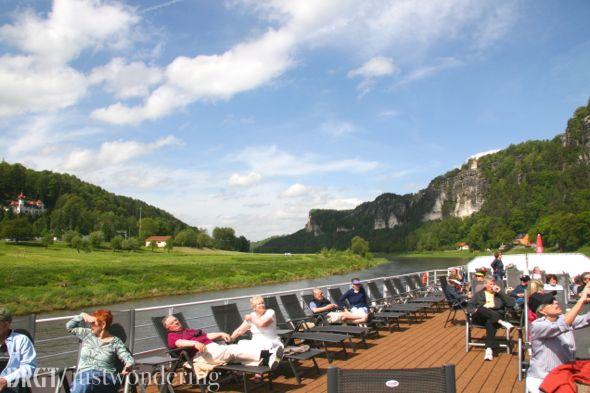

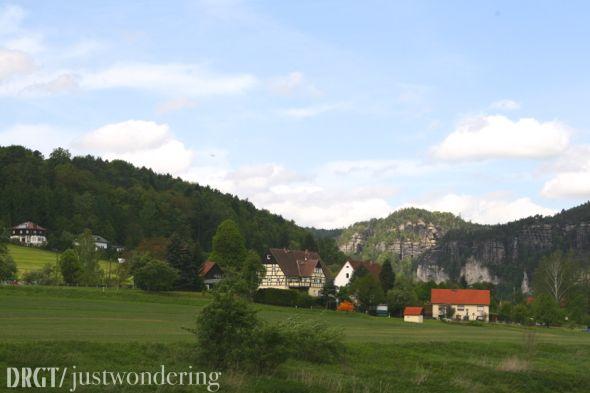
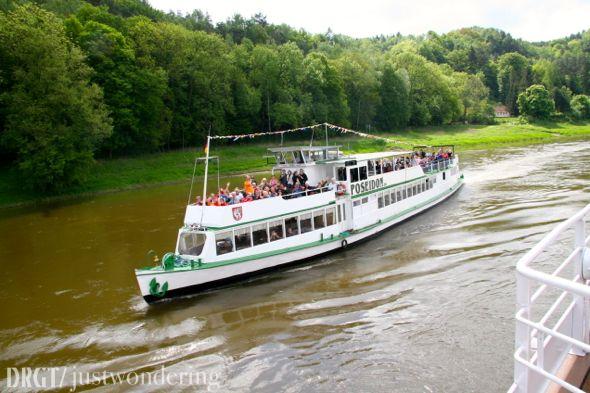
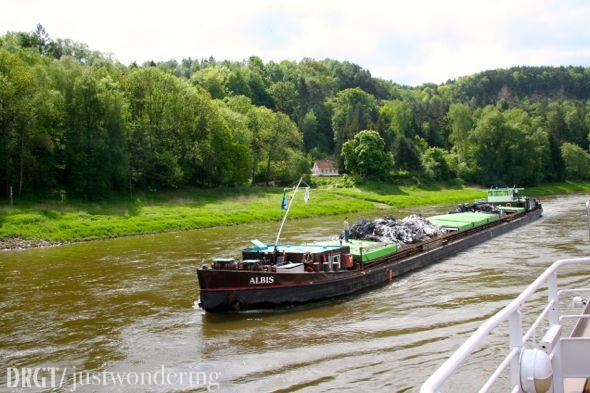
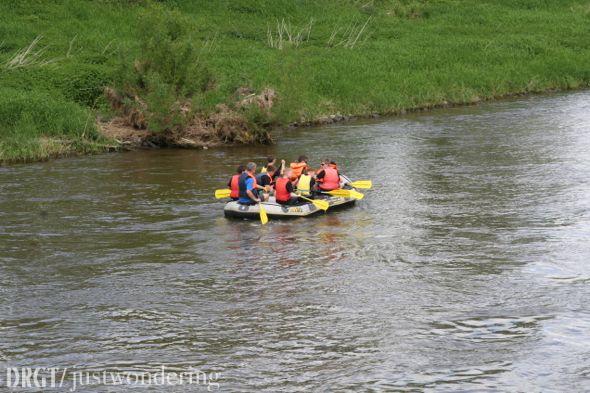
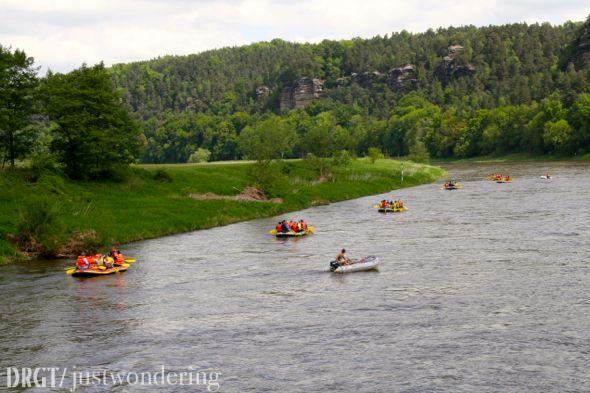

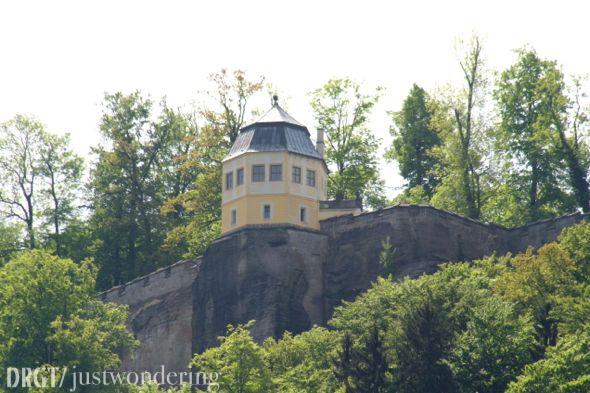

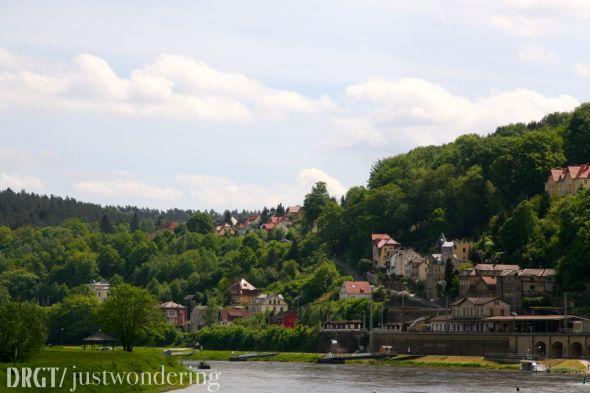


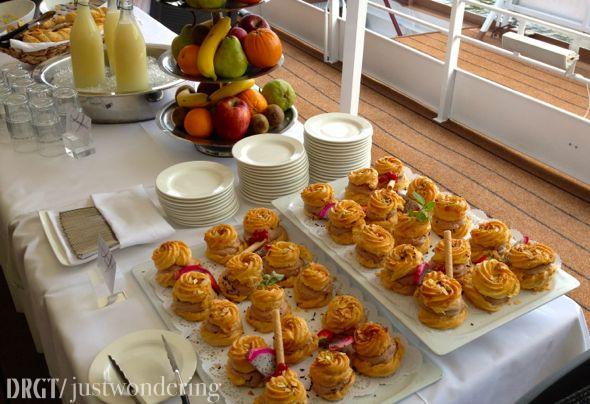
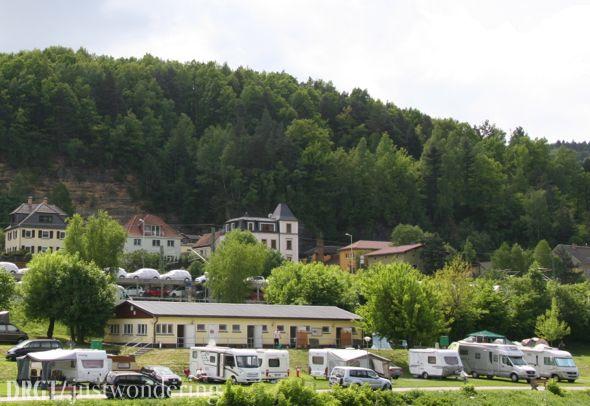
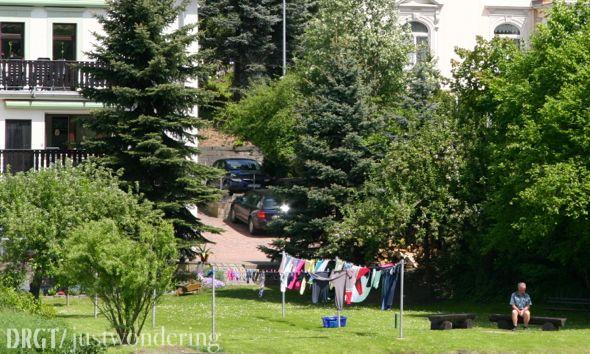


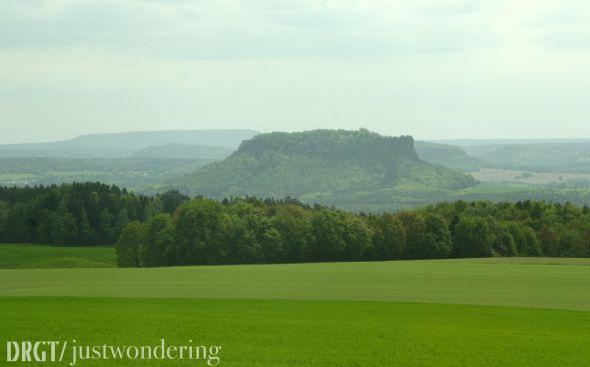
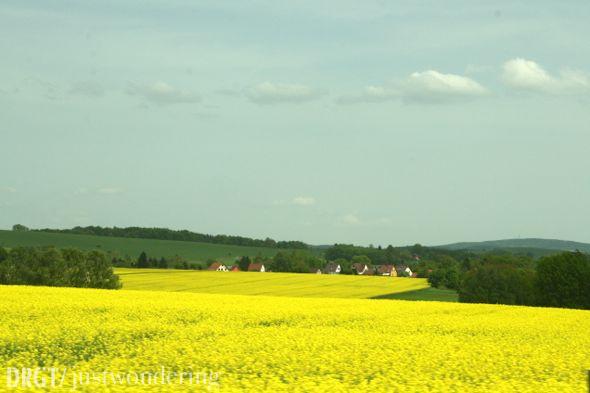
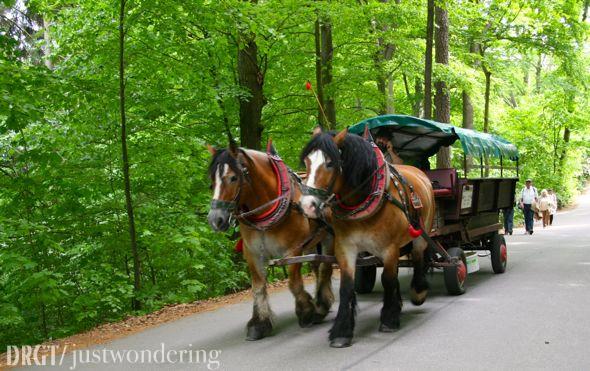
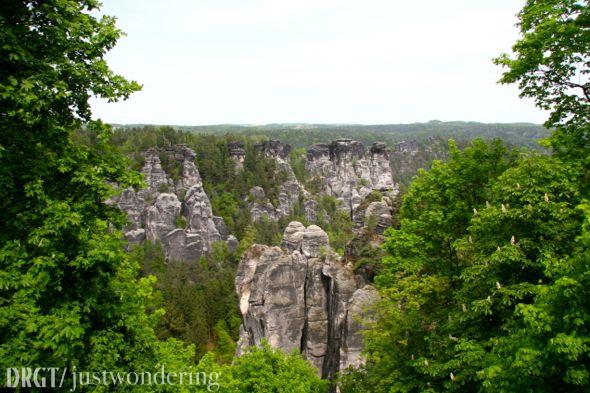
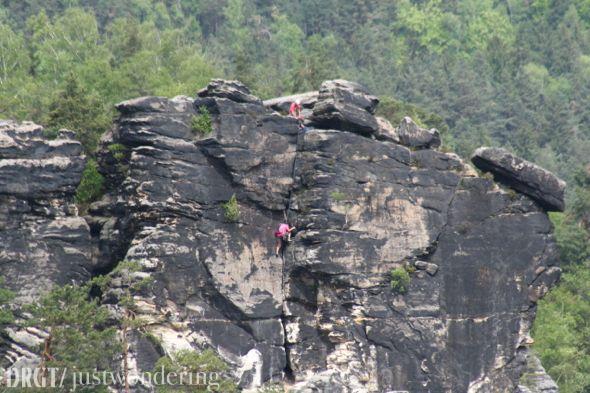
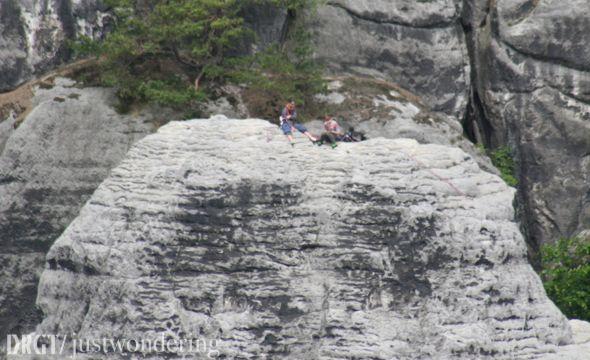
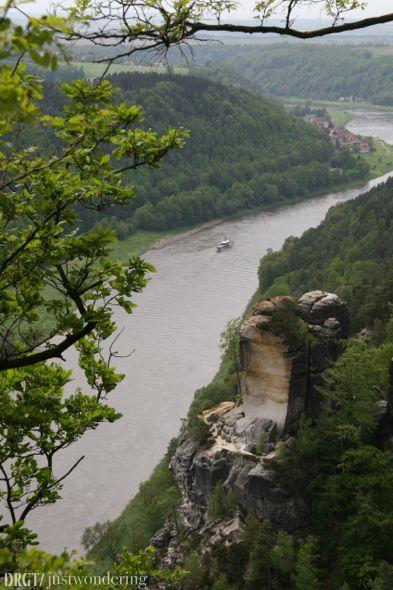
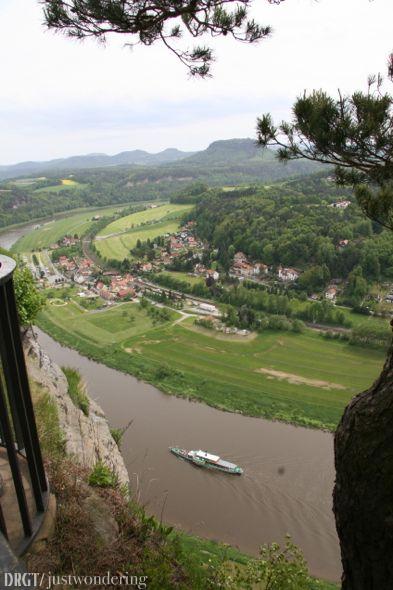
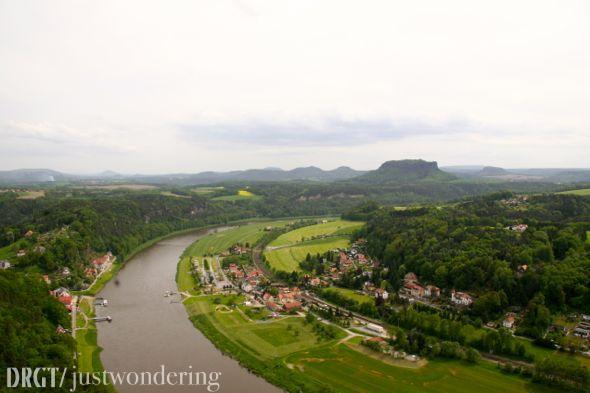
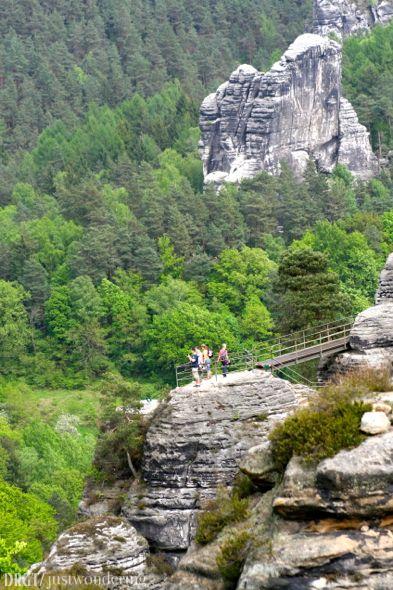
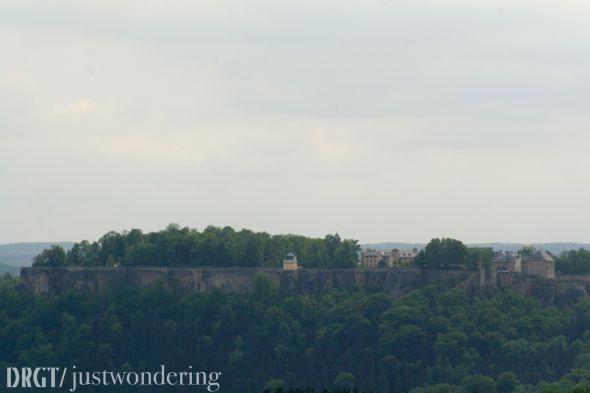
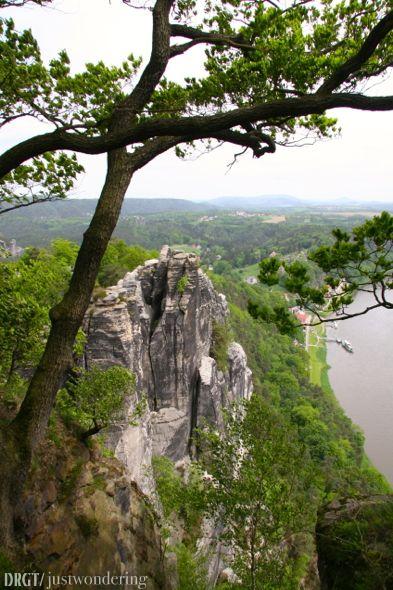
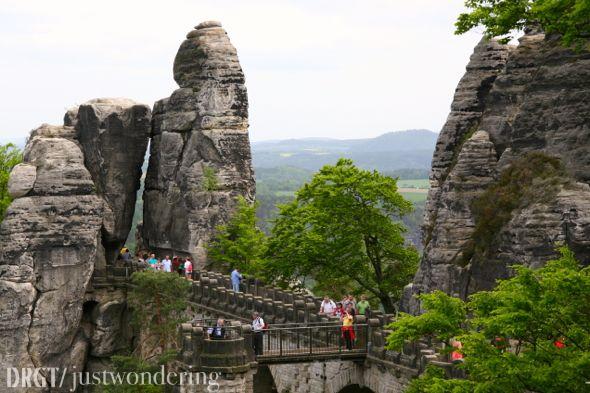
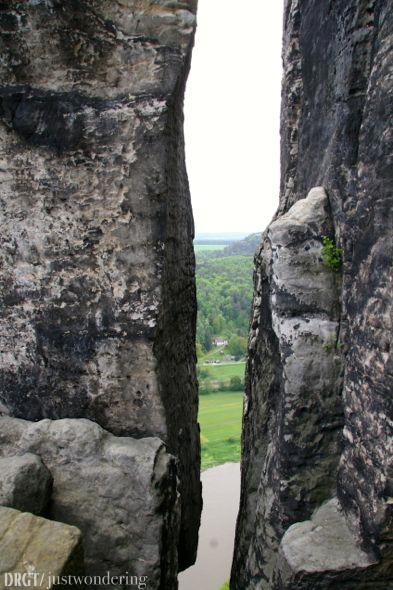
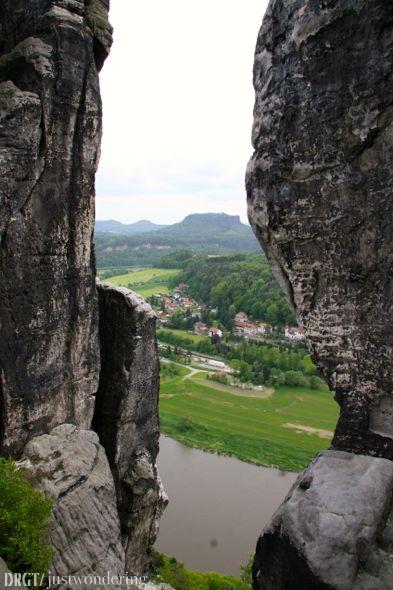
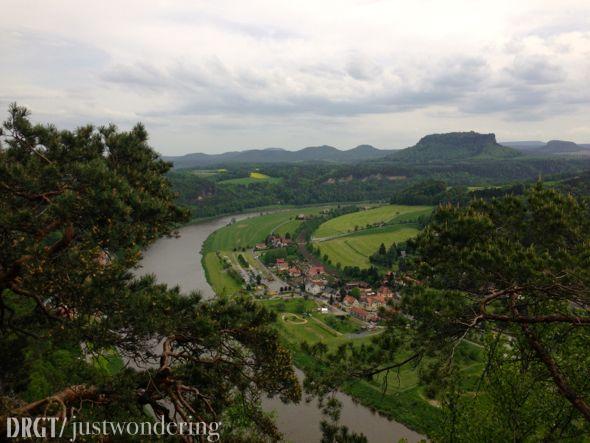
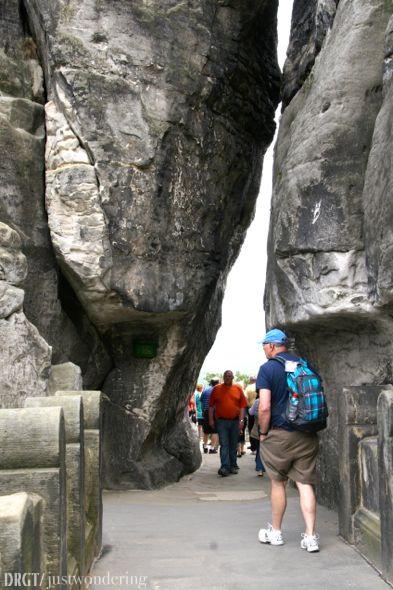


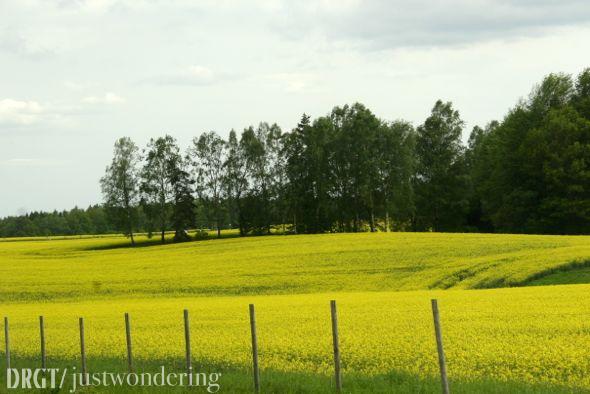
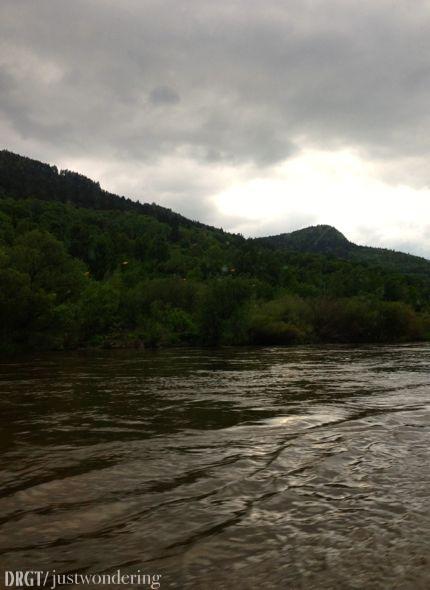
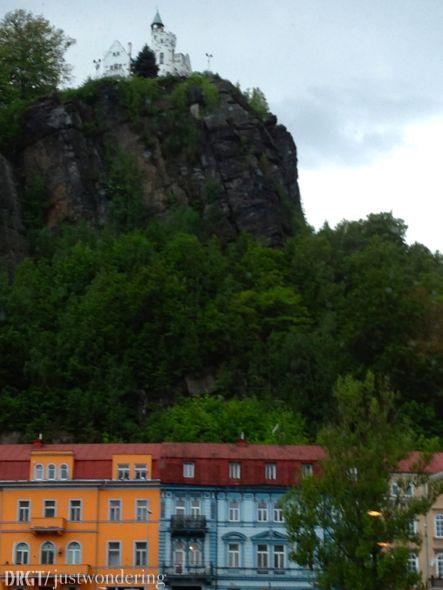
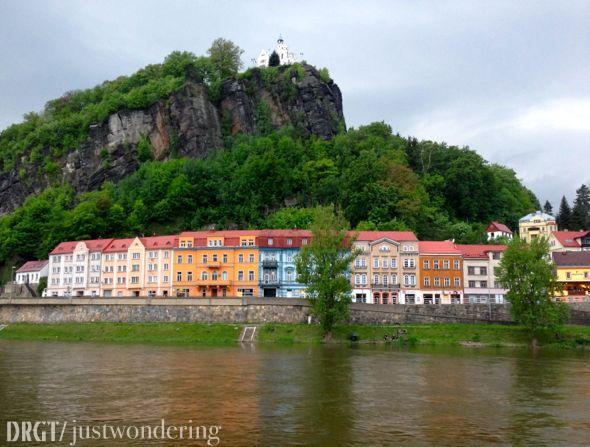
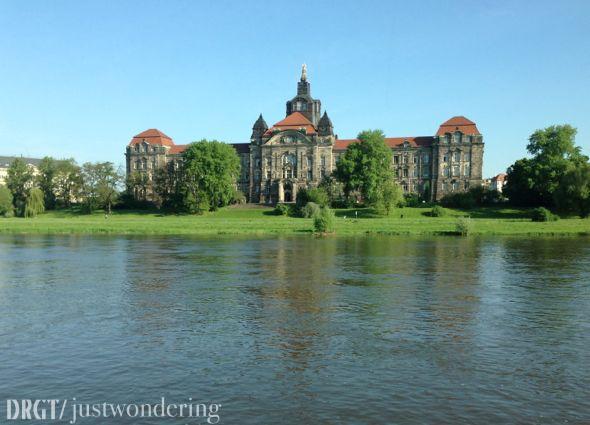

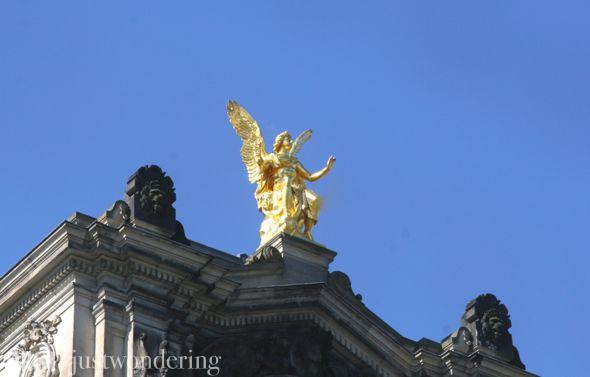
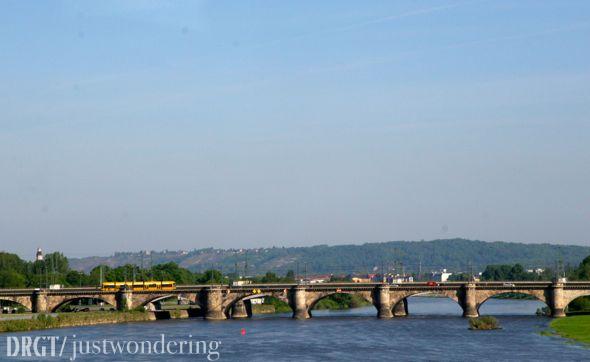

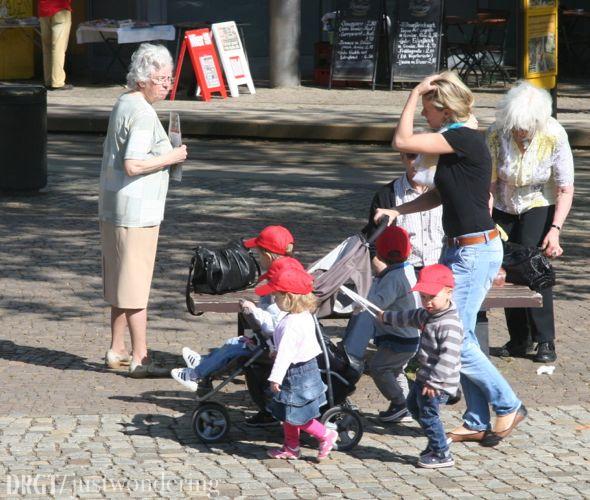

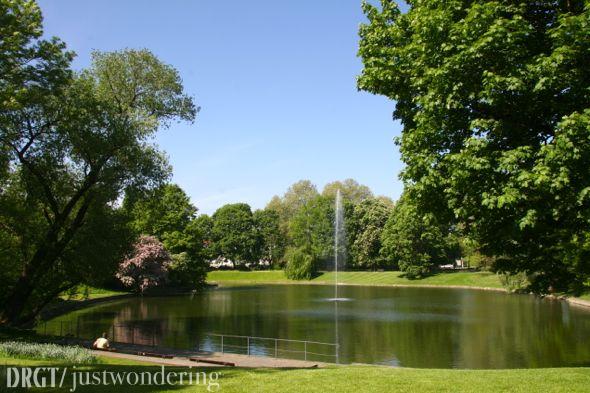
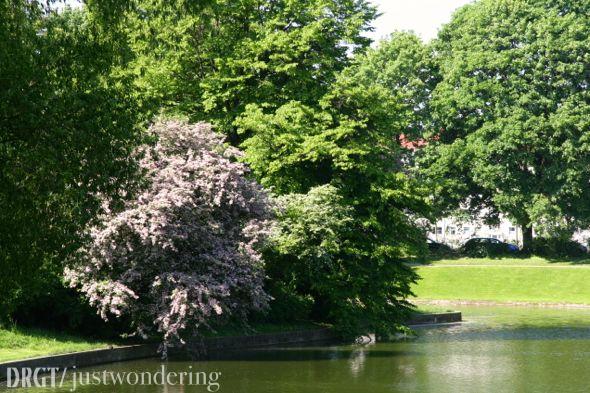

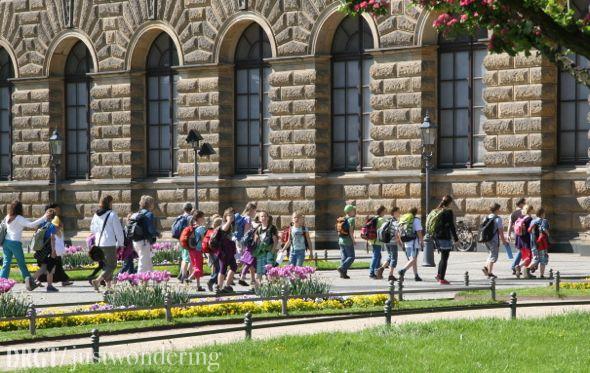
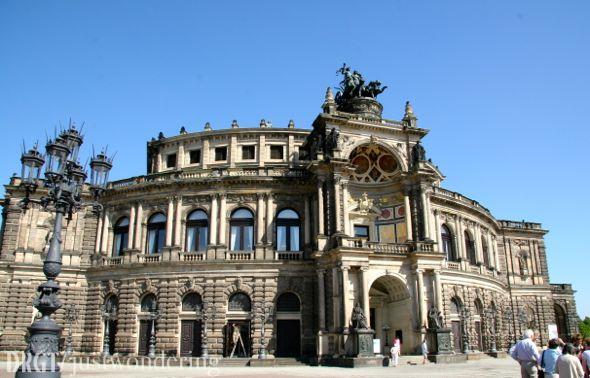

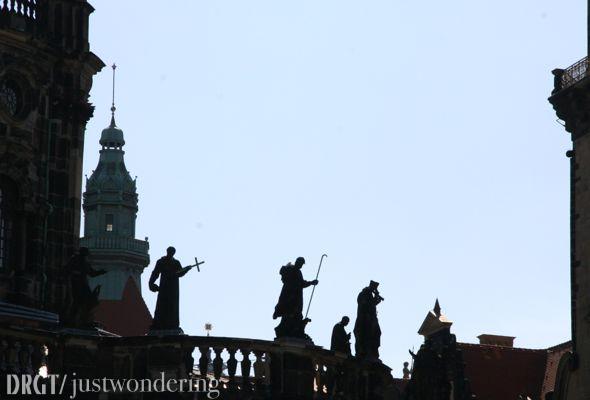
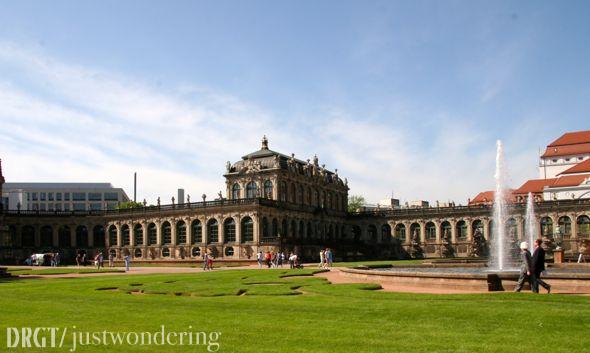
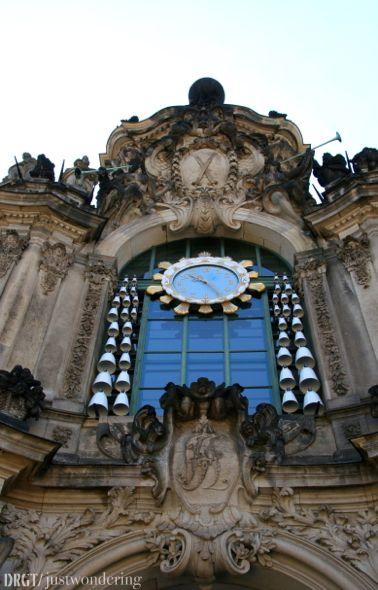

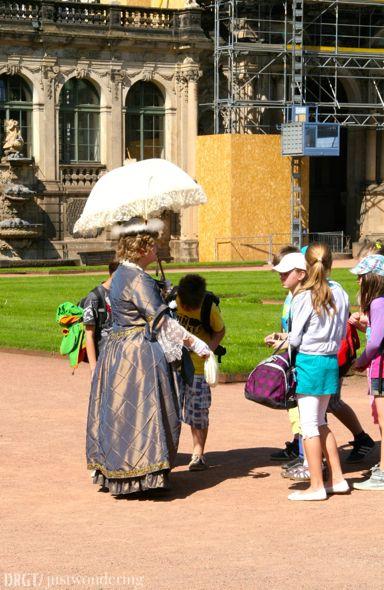

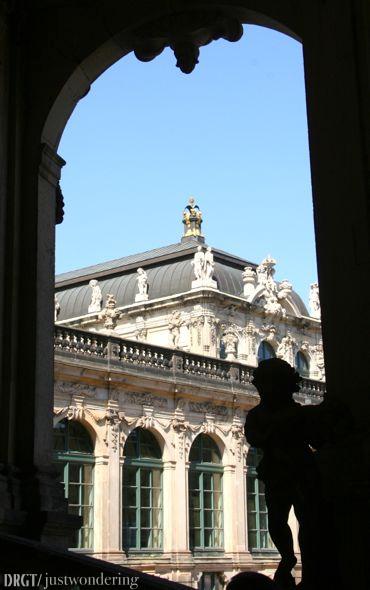
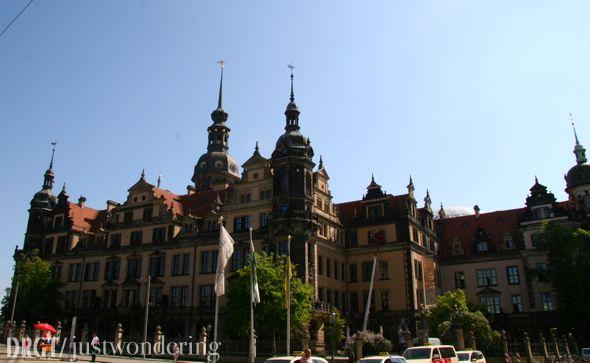
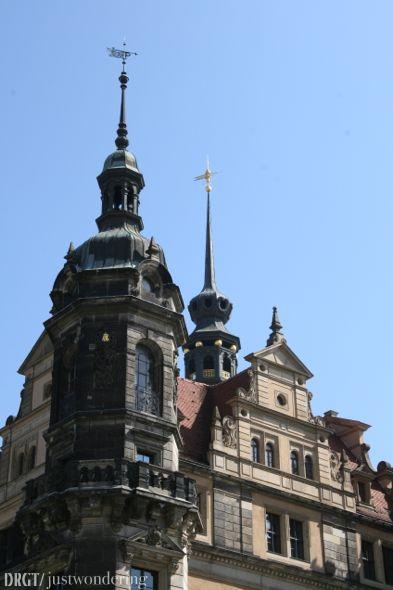
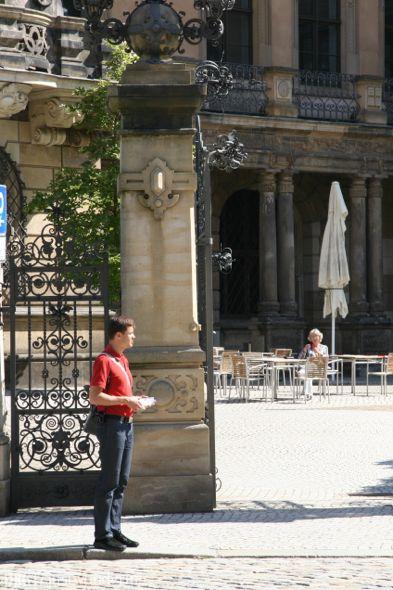
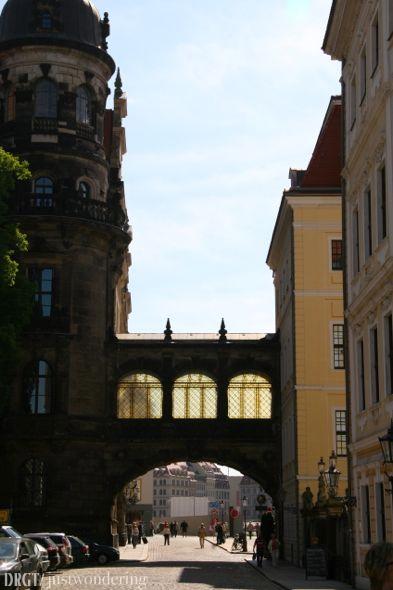

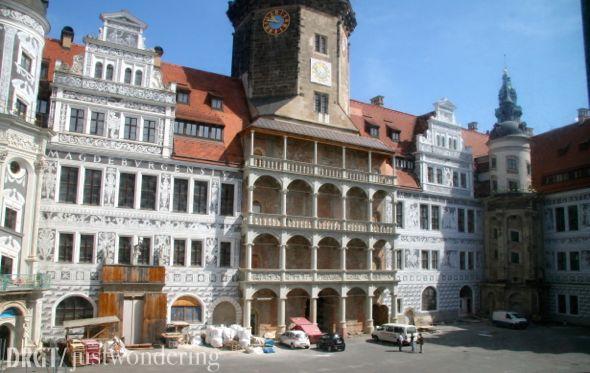
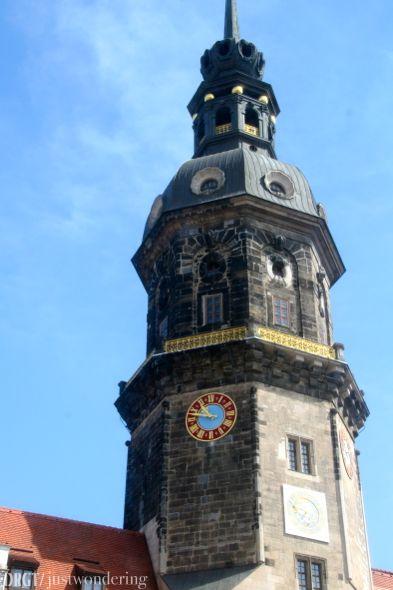
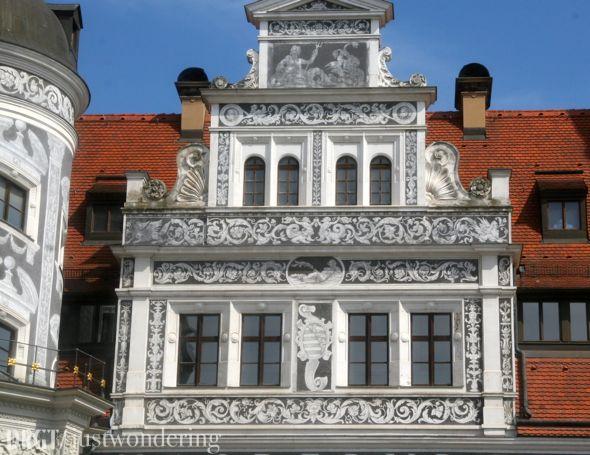
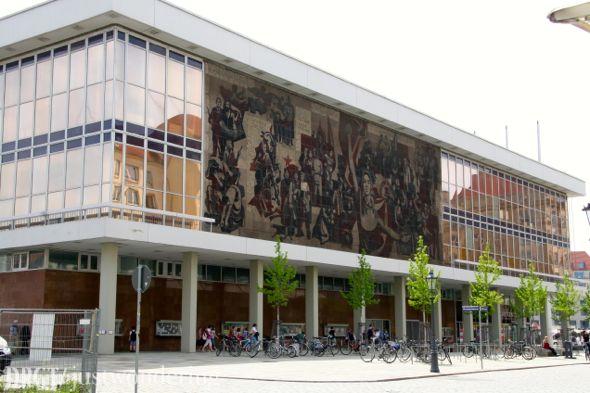
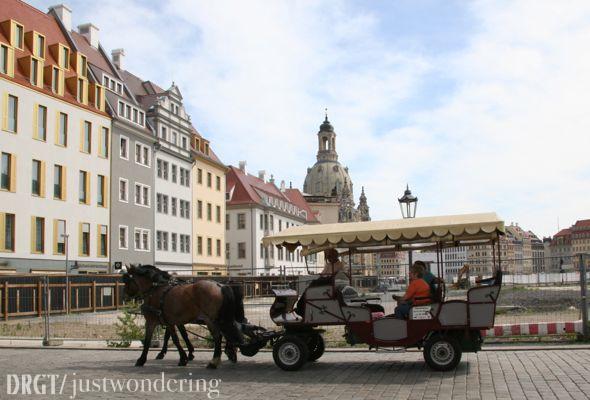
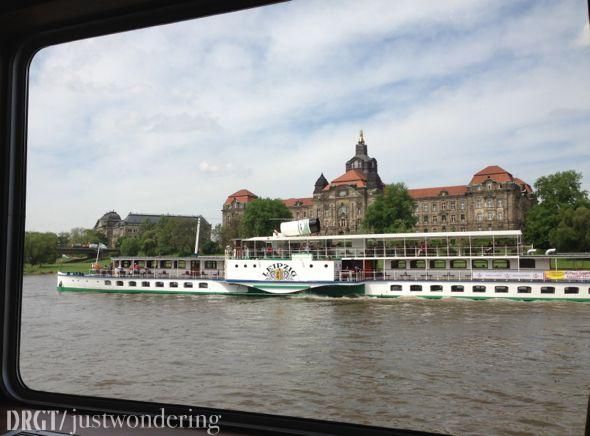
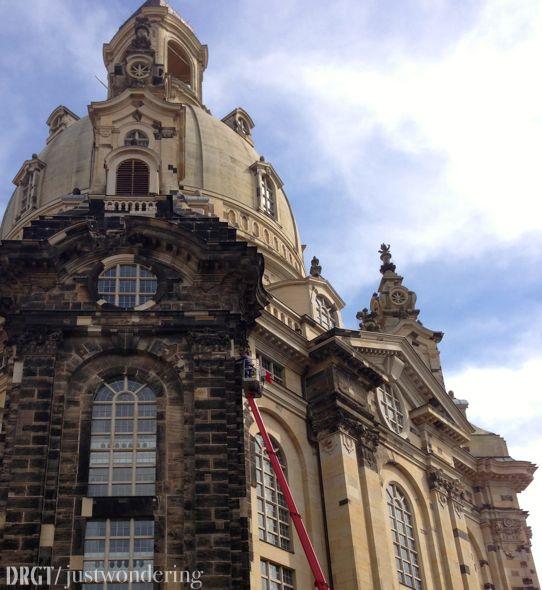
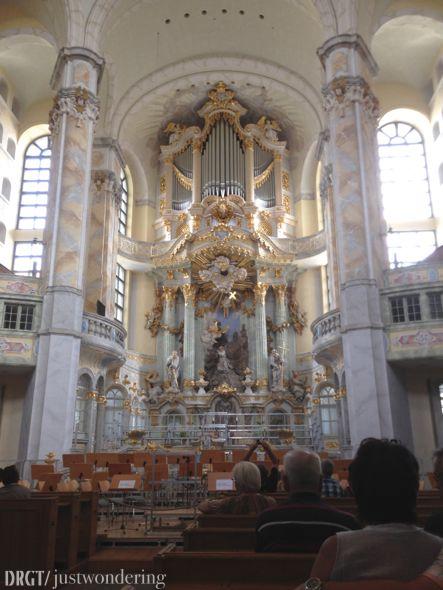
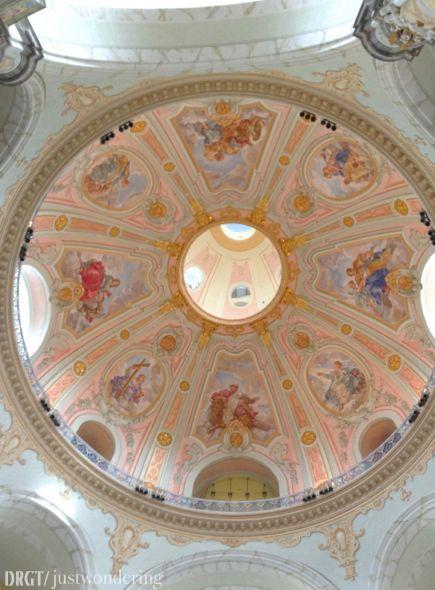

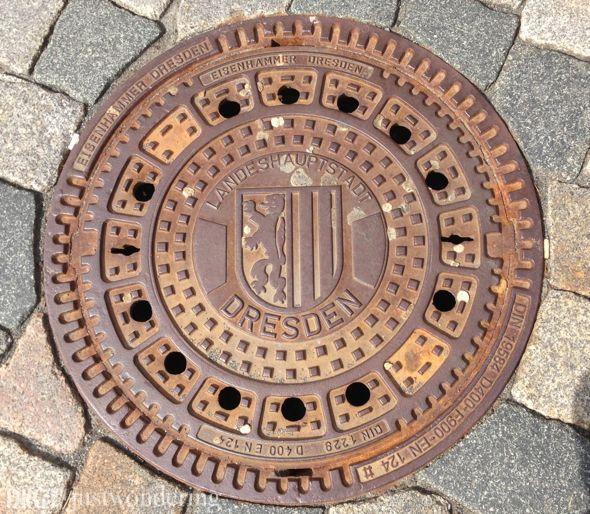

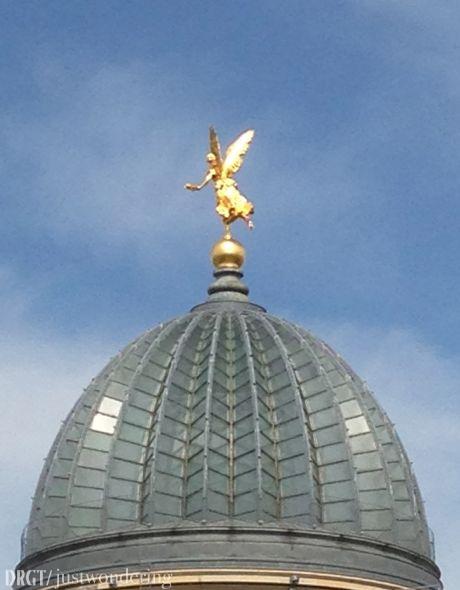

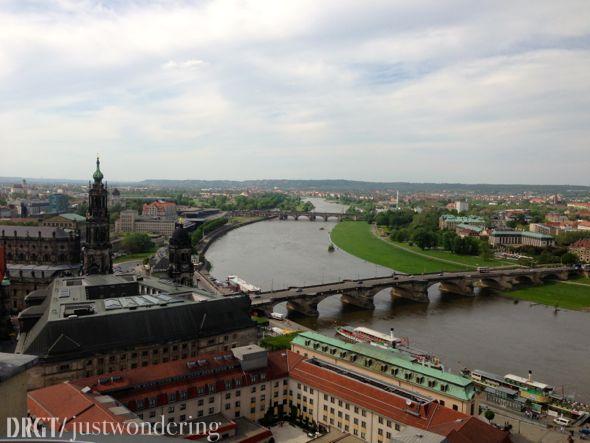
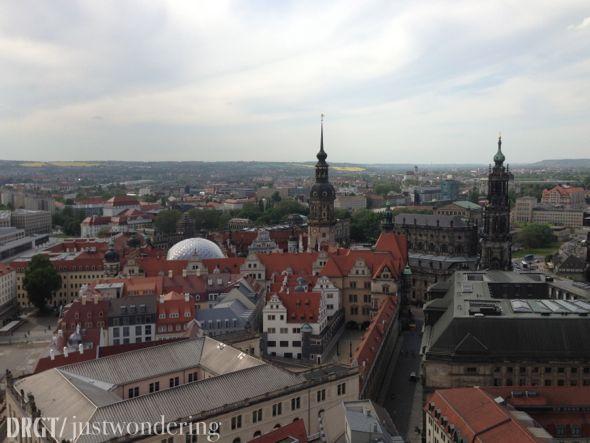


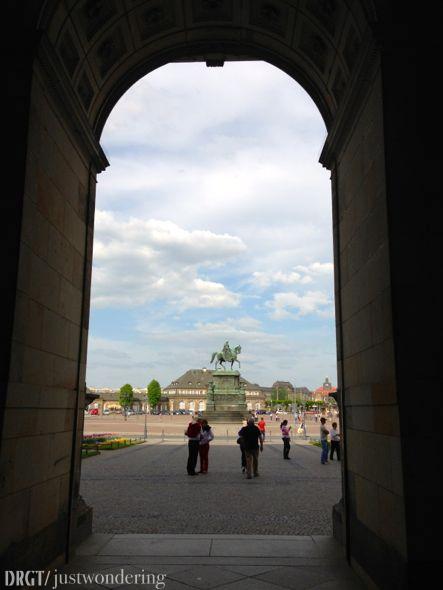

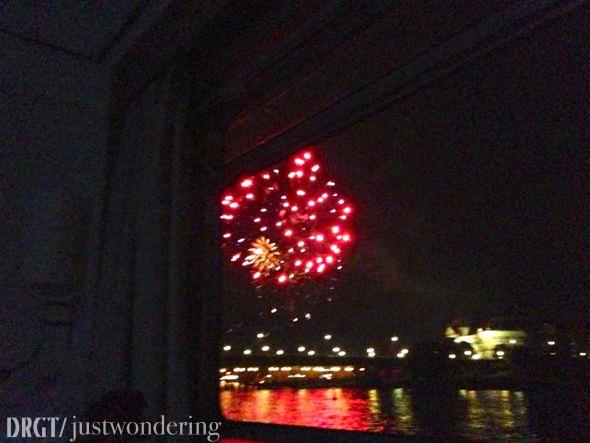
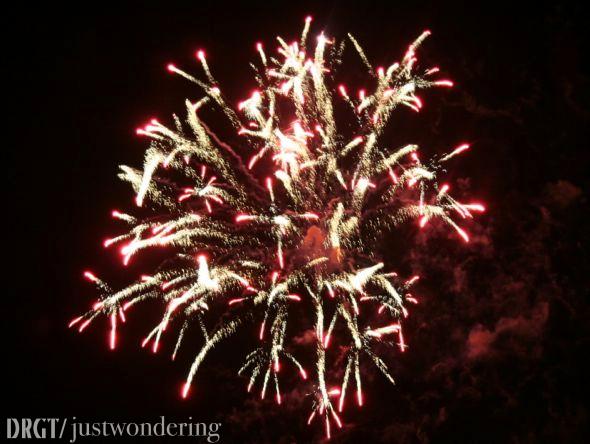


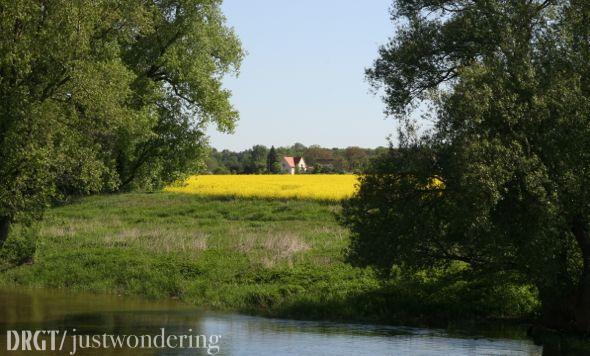

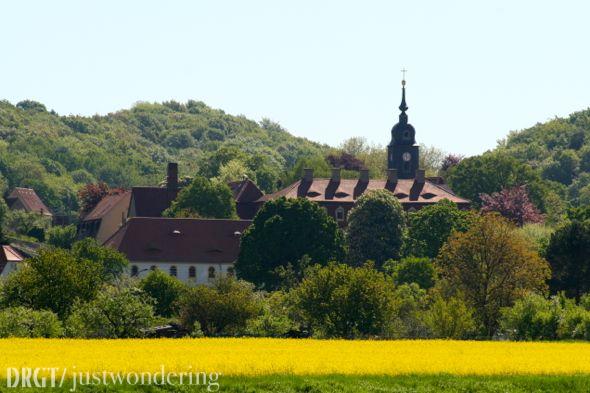
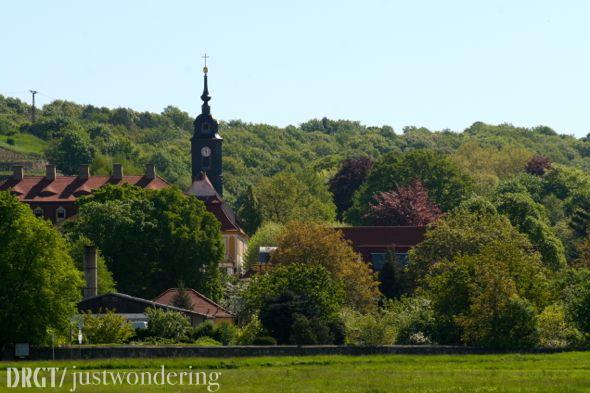
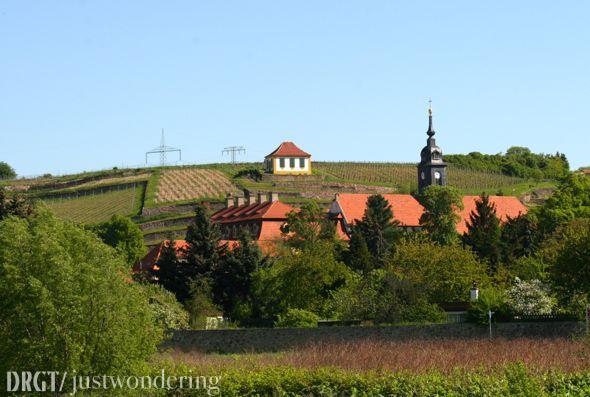
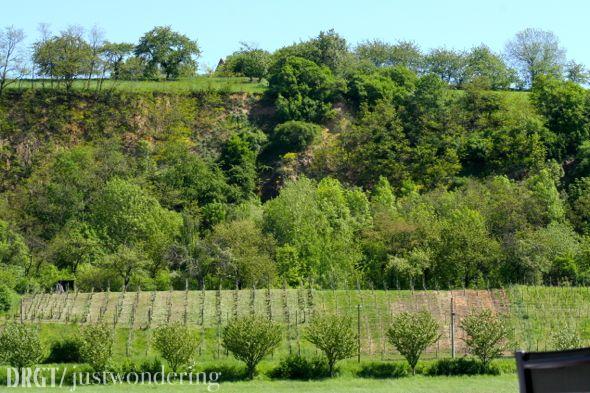

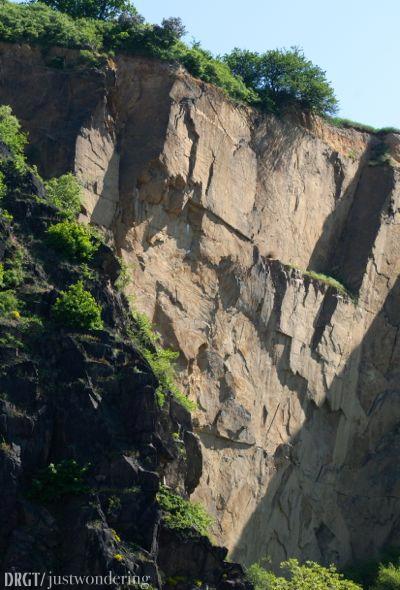

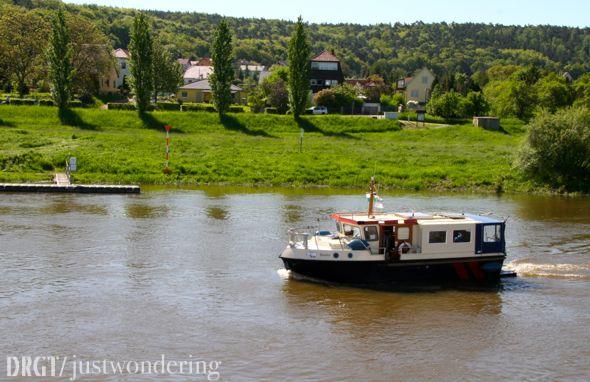
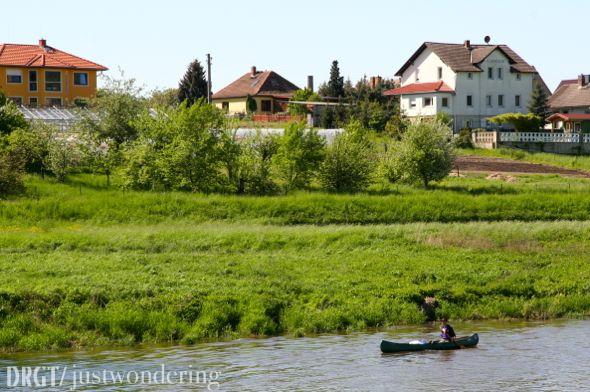
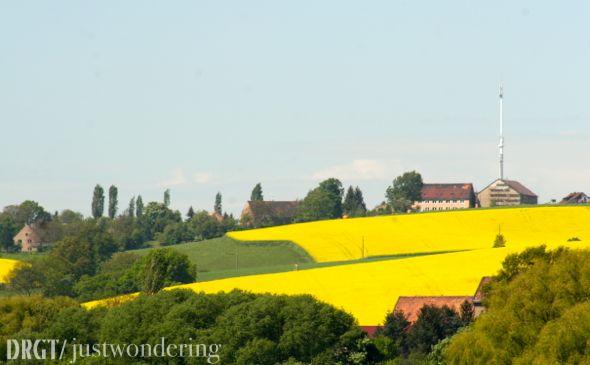
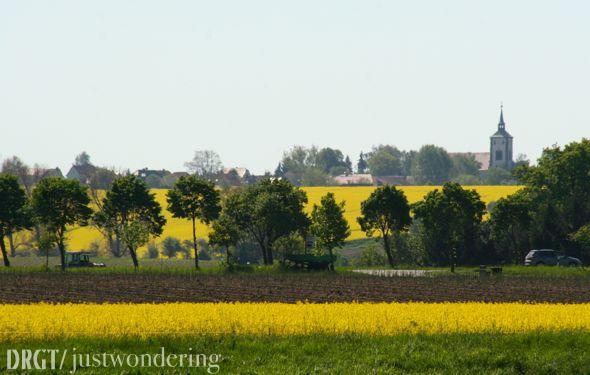

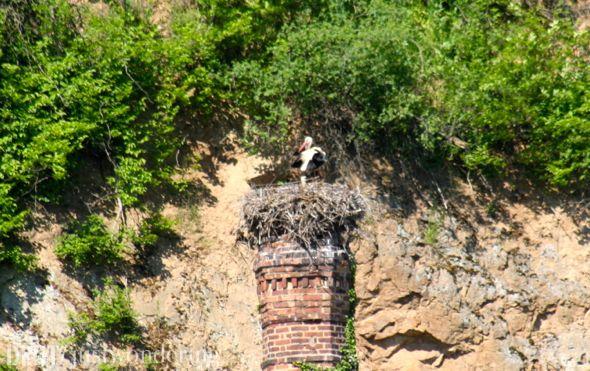
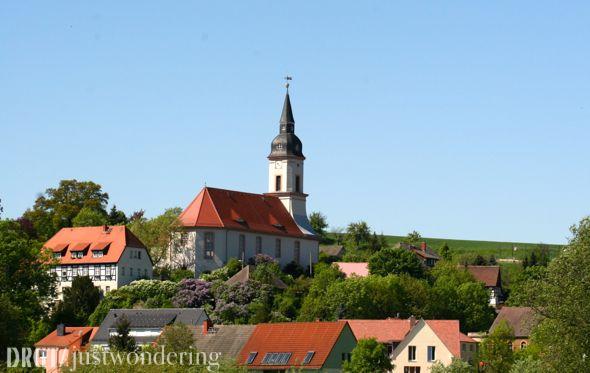
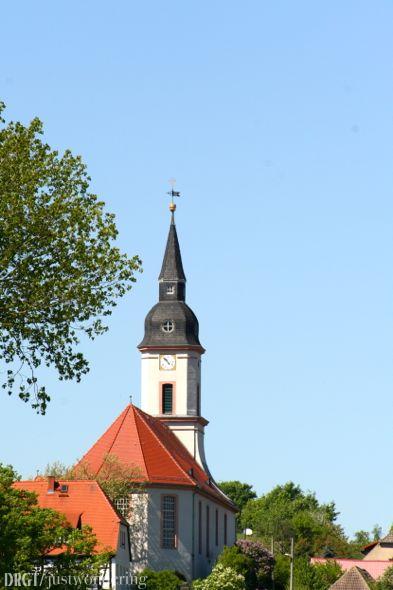
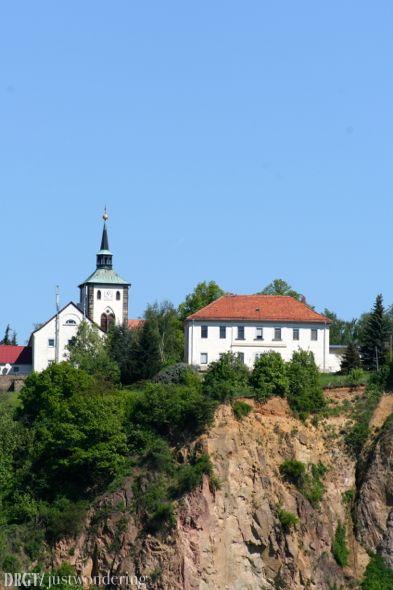


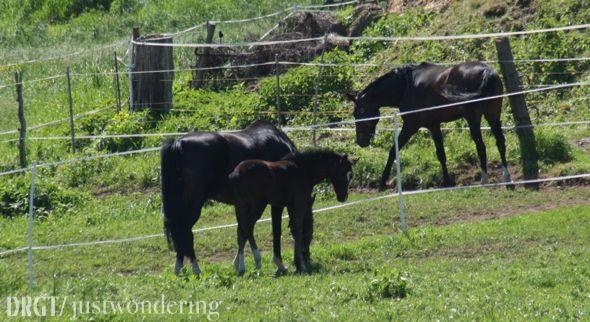
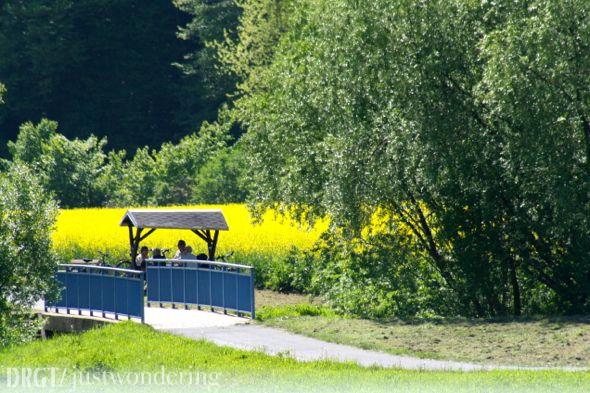
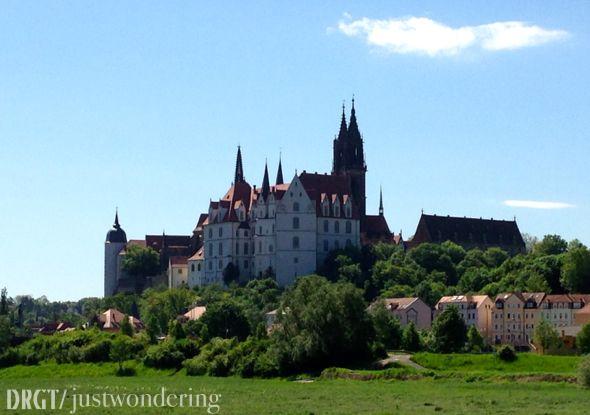
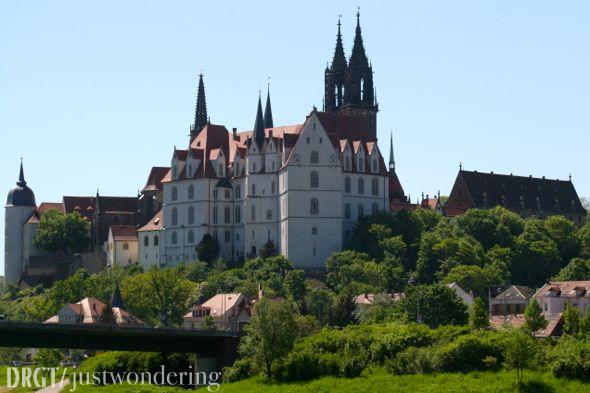
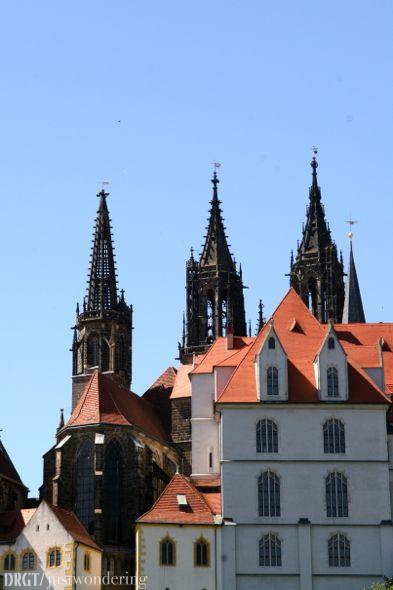
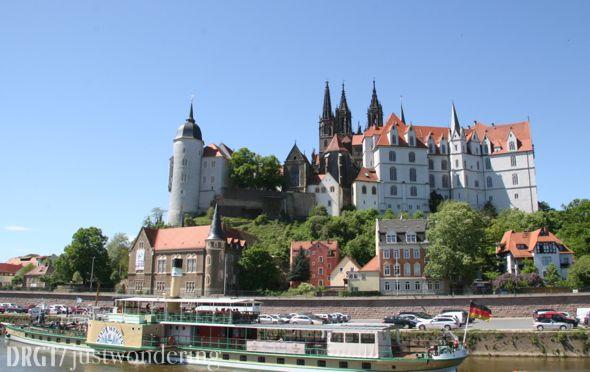
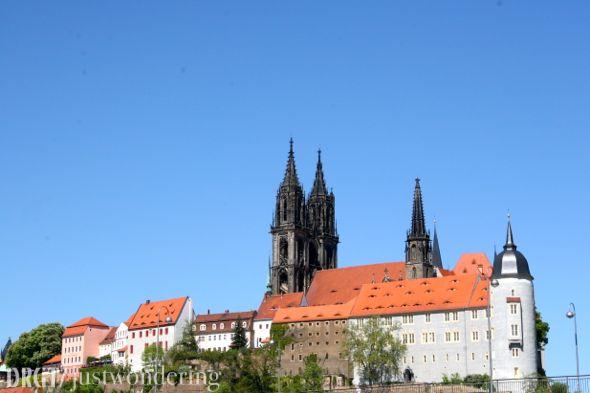
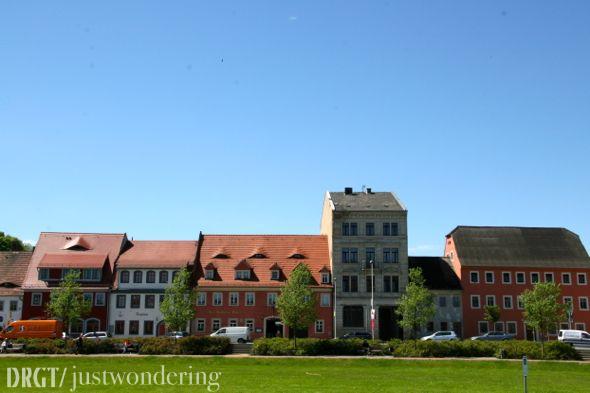
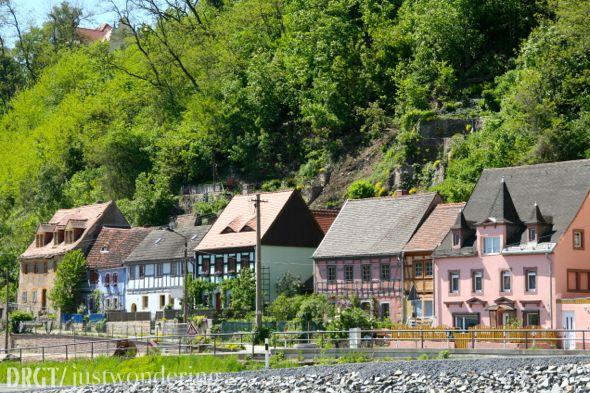
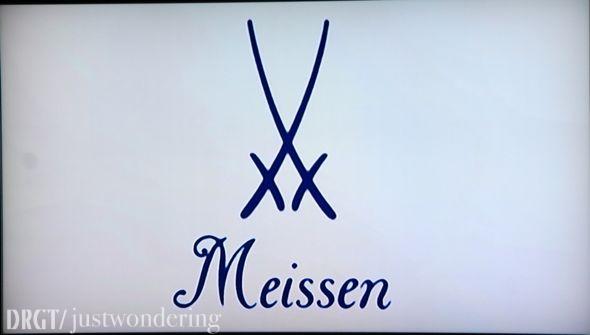
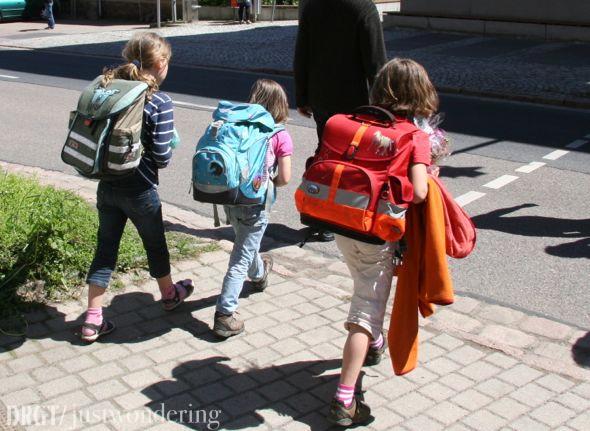
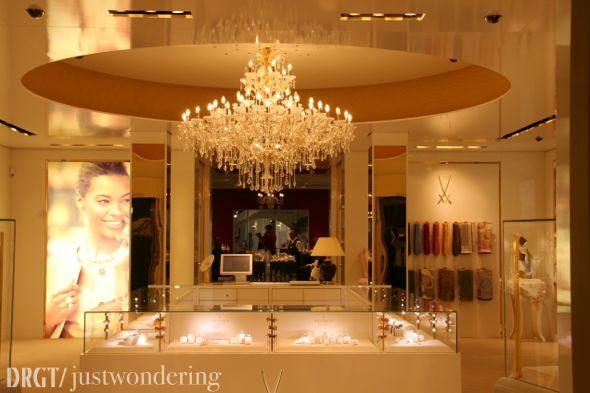
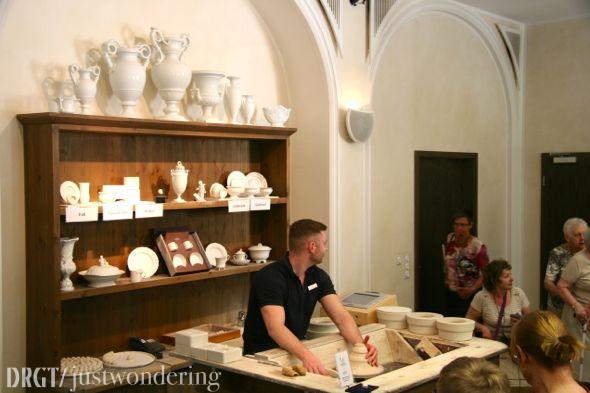
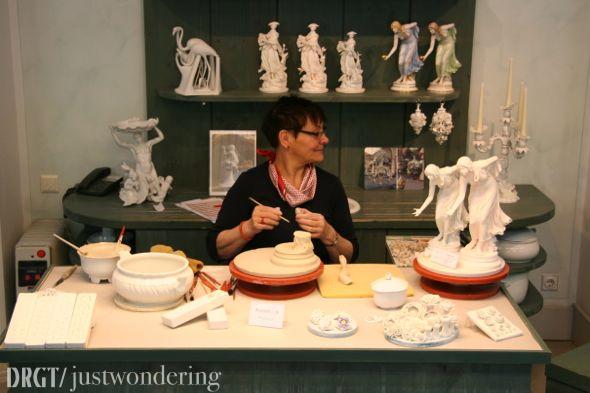
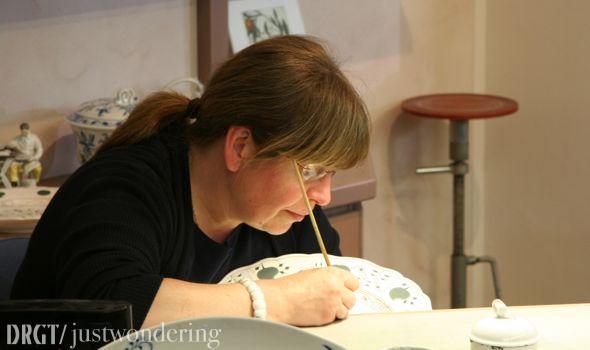
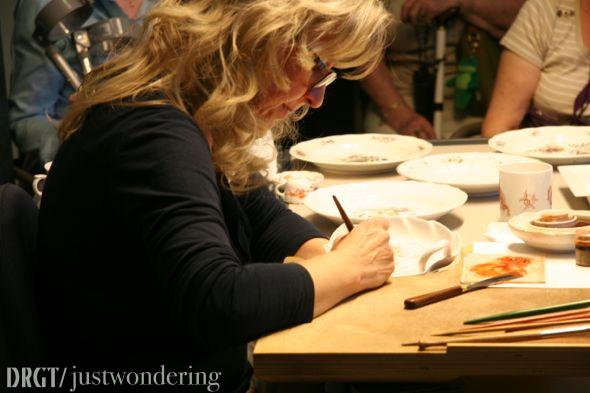
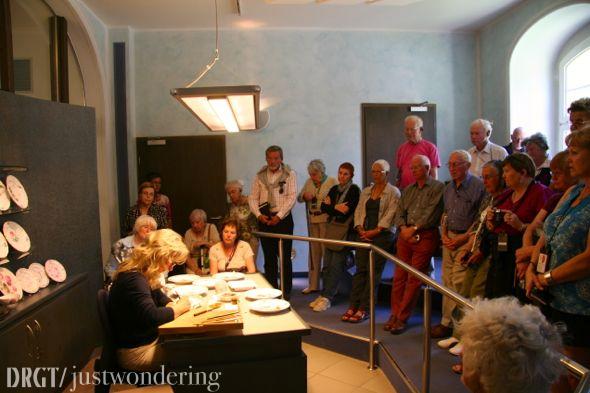
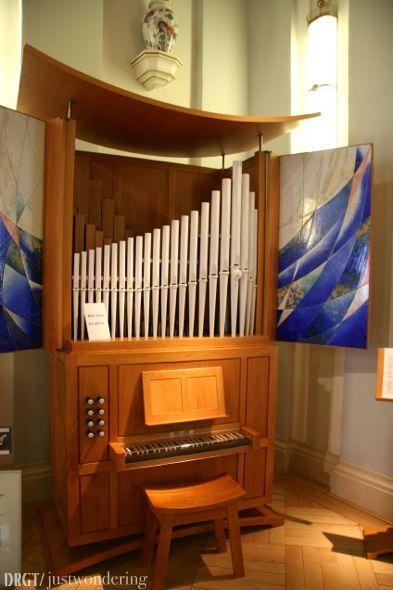
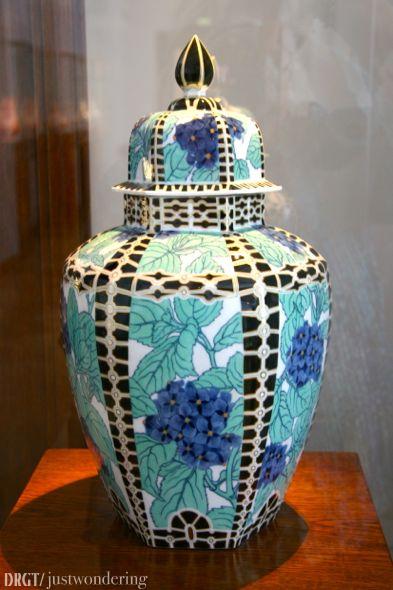
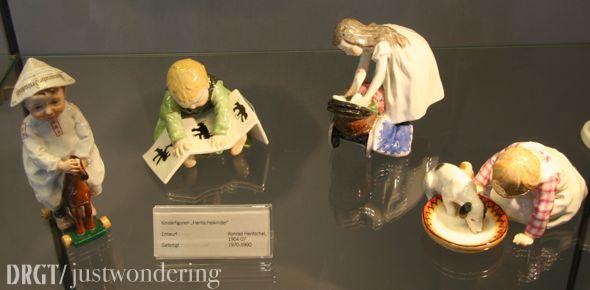

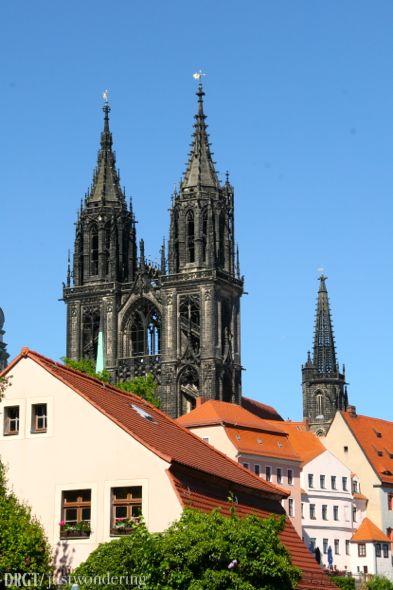

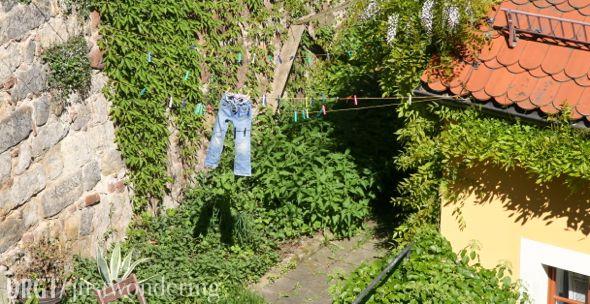
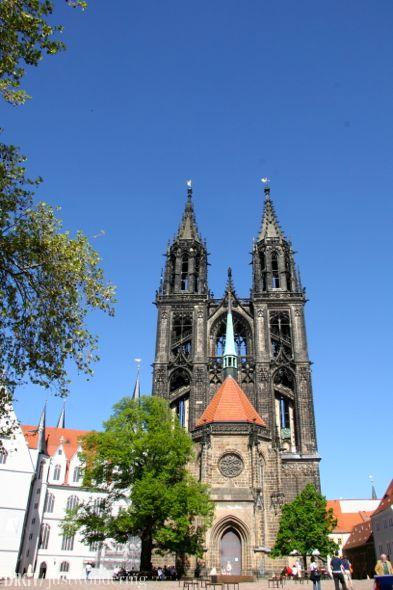
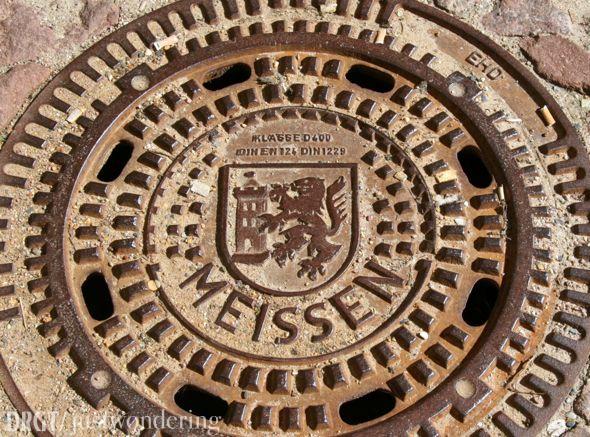

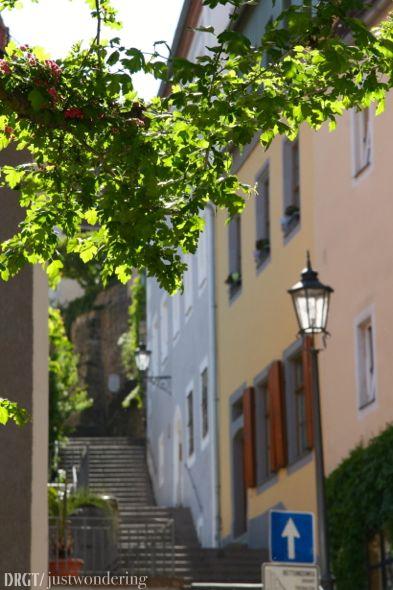
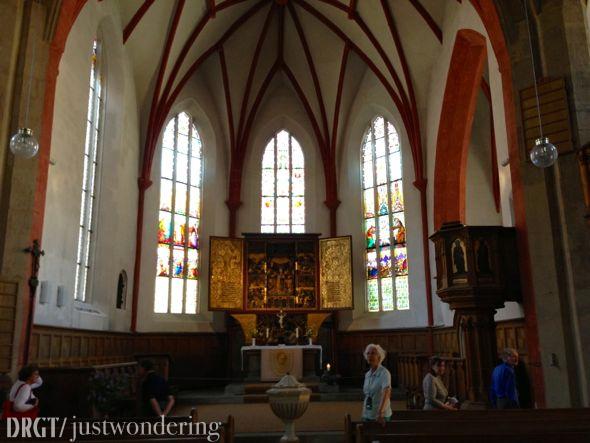
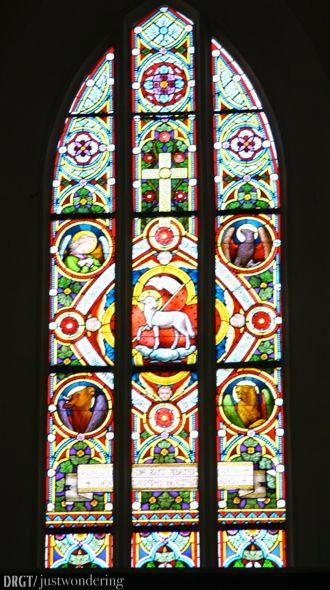 We thoroughly enjoyed our tour of this town and came back to the
We thoroughly enjoyed our tour of this town and came back to the
